My latest meal at Sola began with a flurry of canapes. Winter gazpacho was a savoury zephyr (a mousse that is made with egg whites instead of cream) of Marinda variety winter tomato gazpacho; these tomatoes are from the Pachino area of Sicily. The gazpacho was coated in a Bloody Mary gelee with pickled cucumber, onion, aromatic herbs and a fermented consommé split with Picual olive oil from Spain. This was an unusual and enjoyable start to the meal, a light and fresh-tasting dish. A tartlet of sardine tartare came with smoked almond bavarois, Shine Muscat grape from Japan and sherry vinegar jelly, topped with a smoked sardine filet. The pastry was delicate and the acidity of the excellent grape nicely balanced the natural oiliness of the sardine.
Devilled eggs were filled with togarashi (a Japanese red chilli pepper condiment) sauce with lemon, mustard and toasted pumpkin seeds. This was simple but pleasant, the pumpkin seeds providing a textural contrast and the spicing level well judged. Fried rock oyster was presented on a bed of wild spinach with roasted hazelnut, Kristal caviar, and yuzu kosho butter. My favourite of the canapes was a well-established dish here, salmon roulade using wild Pacific salmon wrapped around a Roscoff onion escabeche filling with radish and wasabi mayonnaise. The gentle bite of the wasabi complements the salmon really well, and it is nice to see wild salmon, which has far better flavour than the farmed salmon that we have become used to. Canapes overall were 17/20, the star for me being the salmon.
Sashimi of Kindai sustainable bluefin tuna came with kinako (roasted soybeans with a nutty flavour) vinaigrette, roasted baby leeks, pickled shimeji, tosazu gelee, ponzu pudding, edamame, and a yuzu and avocado sorbet. This is quite an amalgam of flavours but they work very well together, the tuna itself being of high quality (17/20).
This was followed by a dish of langoustine on the rocks, large Scottish langoustines flambeed at the table and presented on little rocks. These are served with a ginger dashi stock in which was a duck liver tortellini, mousseron mushrooms, king oyster mushrooms, braised daikon, soy poached quail egg and Napa cabbage. This stock is lovely, the ginger a very good pairing for the naturally sweet langoustines (18/20).
Next was a warm royale of capon and high-quality 5J bellota ham with shiitake mushrooms, Bordelaise sauce, black truffle, sourdough croutons, kimono leaves, and braised baby Cevennes onions. This was a good example of Sola’s attention to detail in ingredients, featuring several very high-grade luxury ingredients including the fabulous Cevennes onions from the mountains of the Massif-Central in France. The overall effect was lovely, a rich and luxurious dish (18/20).
Arnaud Tauzin capon from the Landes was used once more, with the breast stuffed with its own leg meat, langoustine, and foie gras. The dish was topped with roasted XL langoustines from Keltic Seafare, and accompanied by an Armagnac and prune condiment. This dish was completed by a sauce made from the roasted offal of the capon along with roasted capon bones, Olivier Roellinger’s chicken spice, Armagnac that the prunes were soaked in, vin jaune, and dried shiitake mushrooms. Capon is a fabulous bird in terms of flavour (a capon is castrated chicken fed on a rich diet of milk and porridge) and Arnaud Tauzin is perhaps the best producer of poultry in the world. The sauce here was rich and glorious, capturing the essence of the capon (18/20).
The final savoury dish was 21-day aged Mieral duck with pickled and salt-baked beetroot from Rungis market in Paris, with black olive praline, crispy red kale, as well as sansho pepper and miso with roasted duck jus. Mieral is probably the best producer in Bresse, so the duck had superb flavour, and the beetroot is a good pairing for it (strong 17/20).
A pre-dessert used grapefruit, a much under-used ingredient in my view. This particular grapefruit was again from Rungis market in Paris and was superb. This was prepared as sorbet, gelee, consommé and fresh segments, with some thin and crispy meringue and candied grapefruit zest. The only sugar added to the dish was in the sorbet in the form of Super Neutrose (a stabilising agent), giving a whipped cream texture (17/20).
A layer chocolate croustillant had four layers: a whipped Guanaja ganache, crème cru, passion fruit caramel and hazelnut praline with 80% chocolate. The puffed rice croustillant was glazed in 100% cacao mirror glaze and topped with Kristal Caviar, with Isigny crème fraiche sorbet, crispy cacao leaves, and served with a warm chocolate and ginger sauce. This was a rich and enjoyable way to end the meal (16/20).
The kitchen at Sola uses very high-grade ingredients, a rarity in London even amongst the multi-starred restaurants. The service was very good. This meal was a postponed Christmas celebration, hence the special pre-ordered capon, and I did not see a bill today, but a typical cost per person would be around £200 a head. Service was very good, as usual.
Further reviews: 20th Dec 2023 | 10th Mar 2023 | 03rd Dec 2022 | 28th Oct 2022 | 26th Aug 2022 | 04th May 2022 | 18th Dec 2021 | 06th Aug 2021 | 21st May 2021 | 22nd Aug 2020 | 24th Jan 2020 | 26th Nov 2019





































































































































































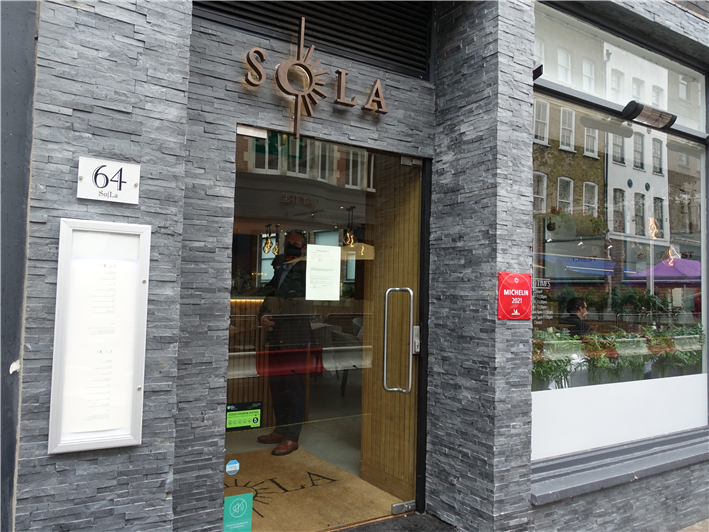
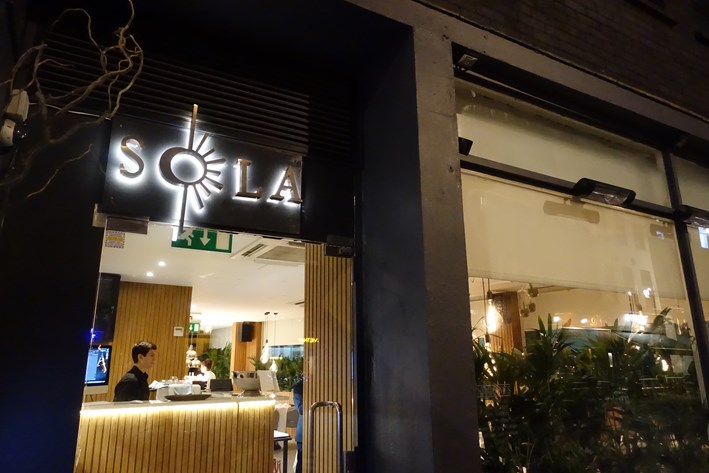
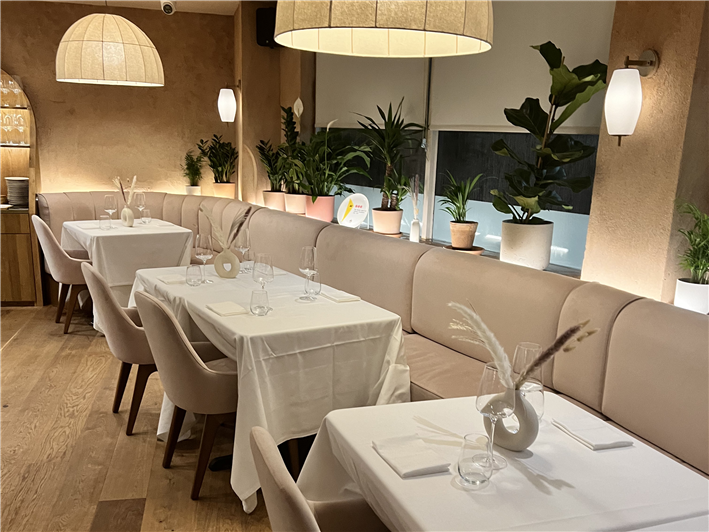
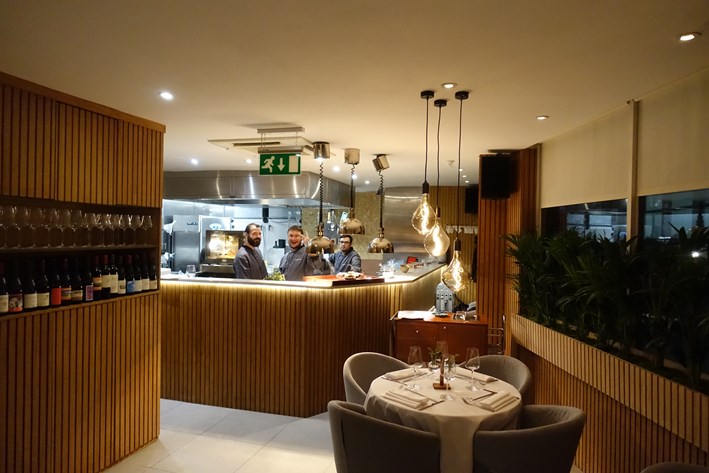


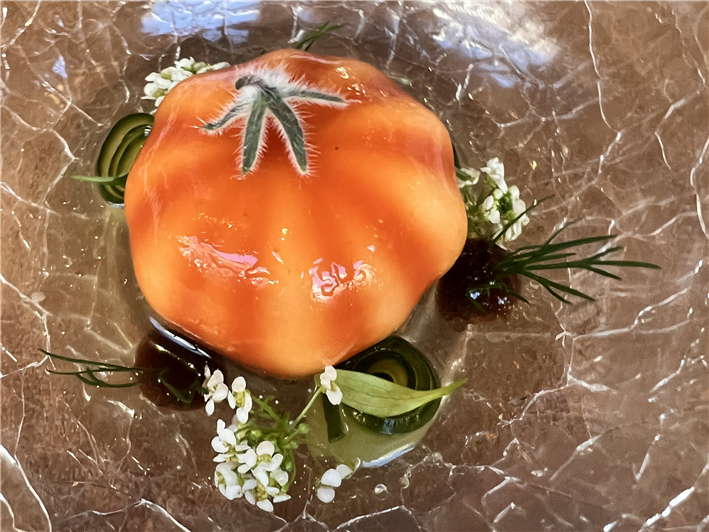
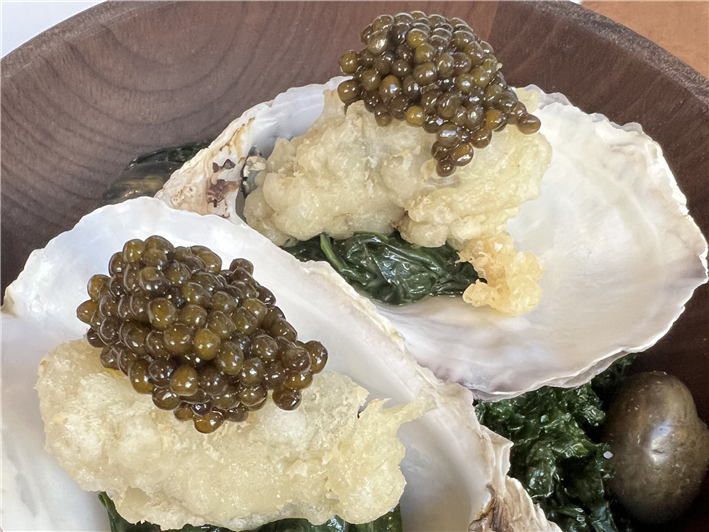
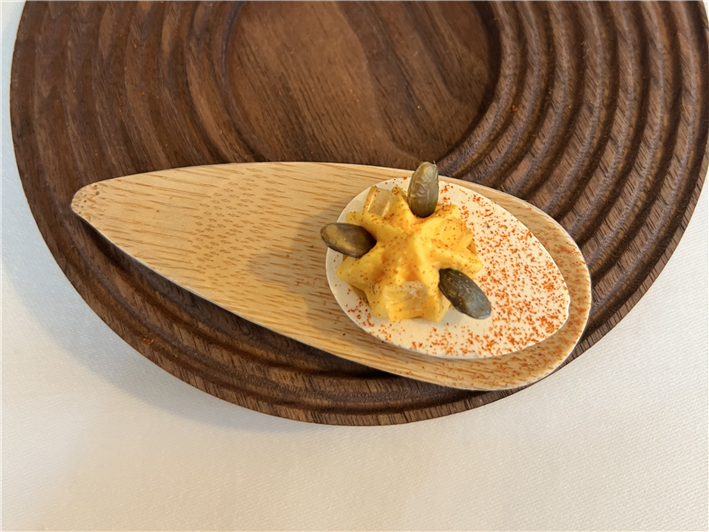
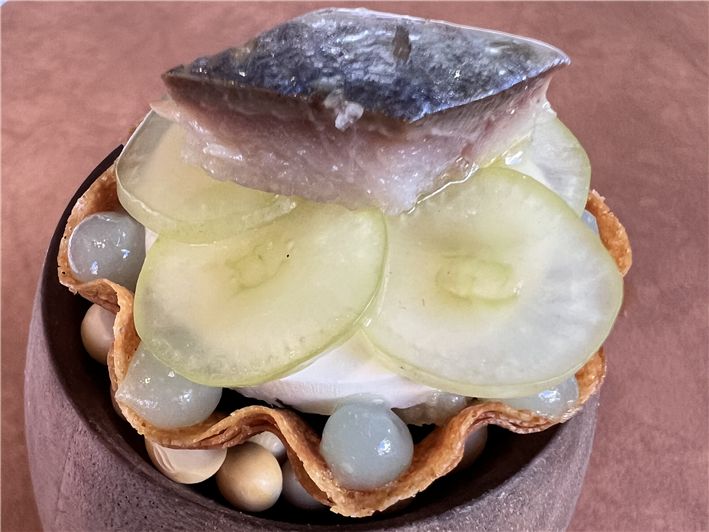
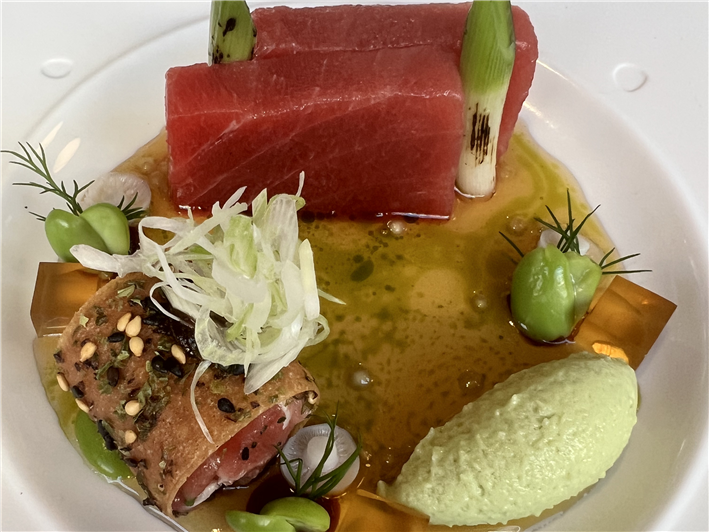
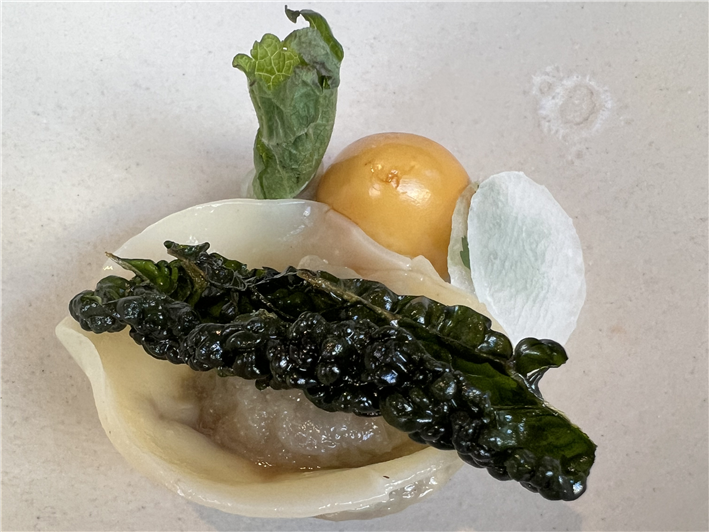

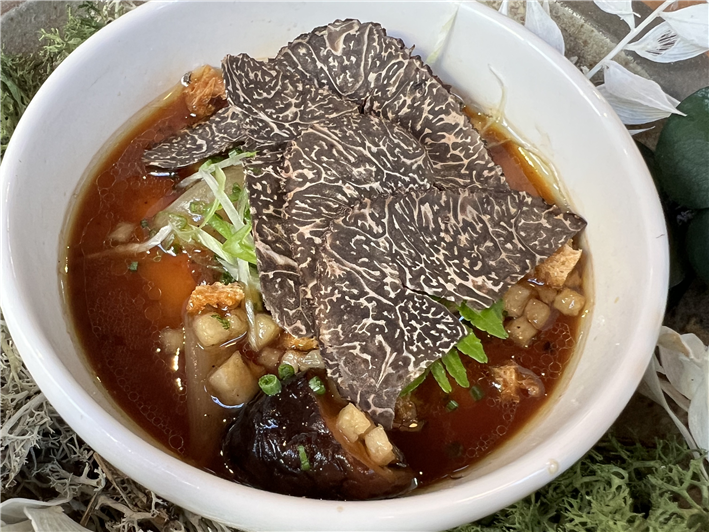

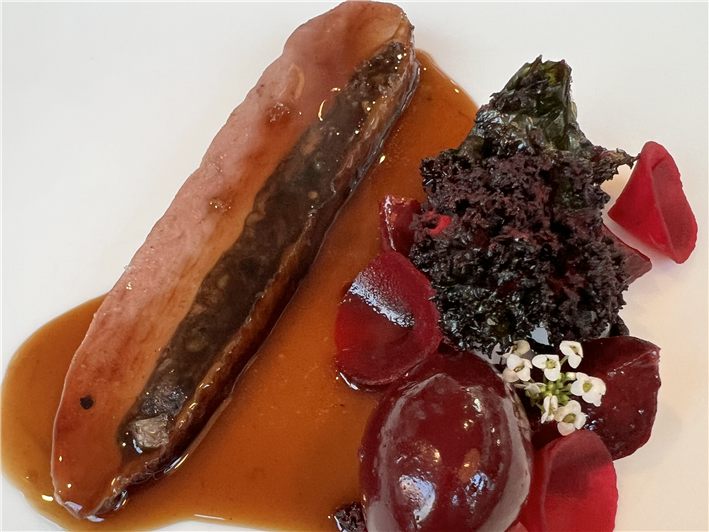
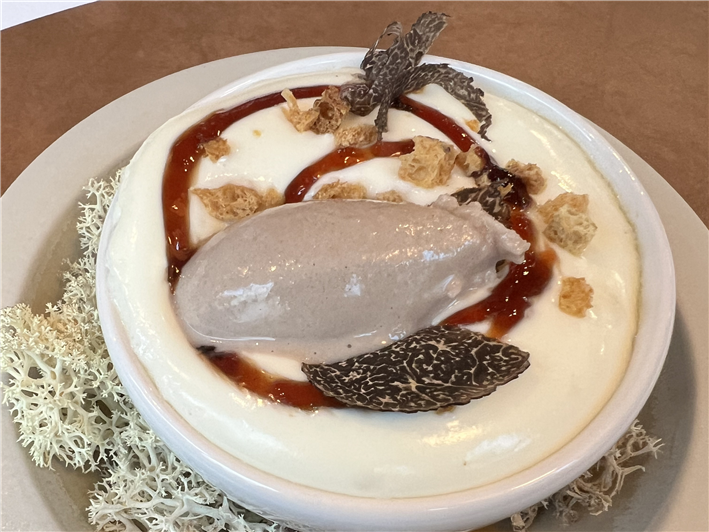
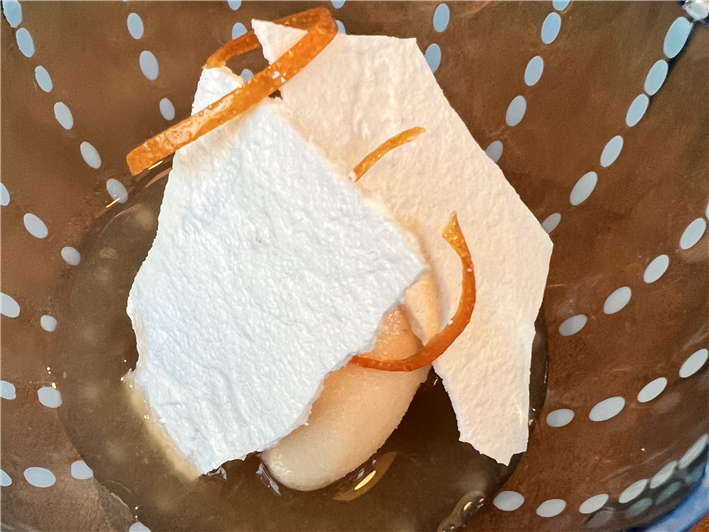
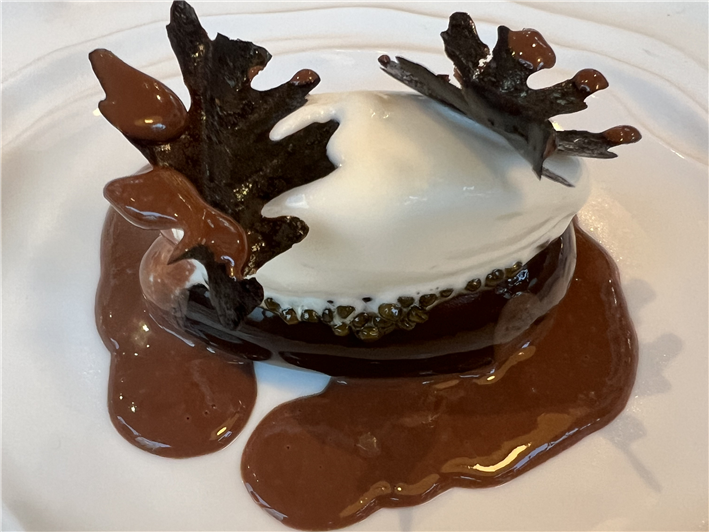

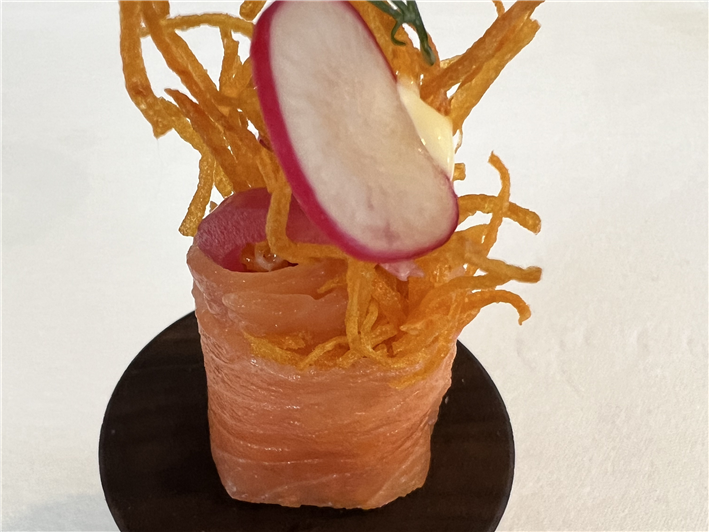
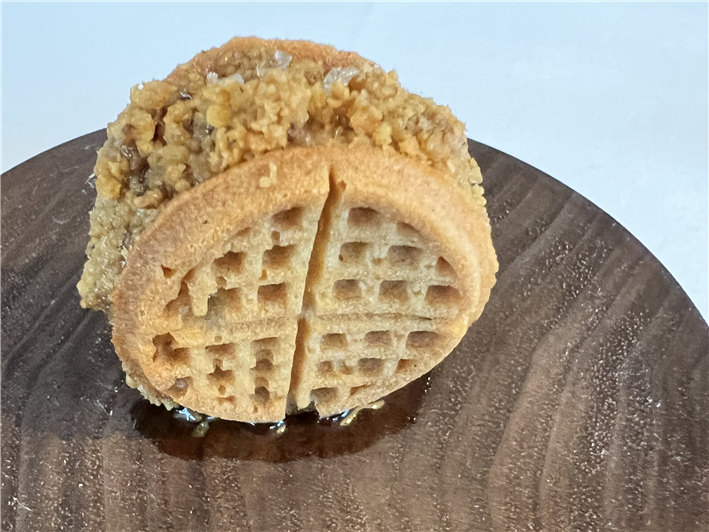


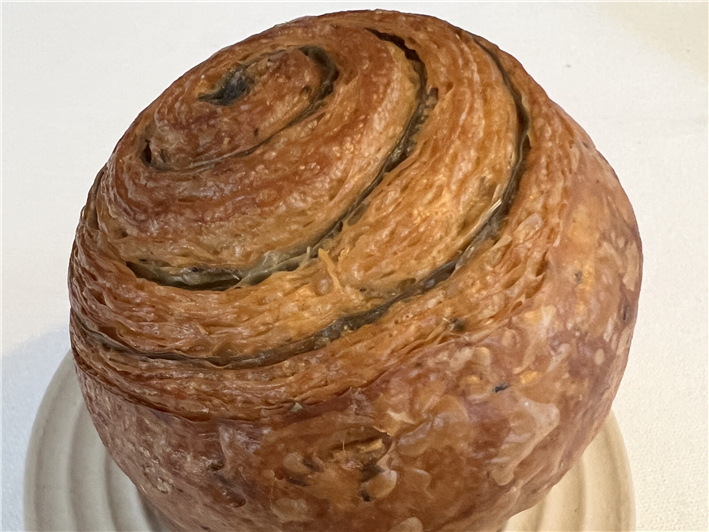


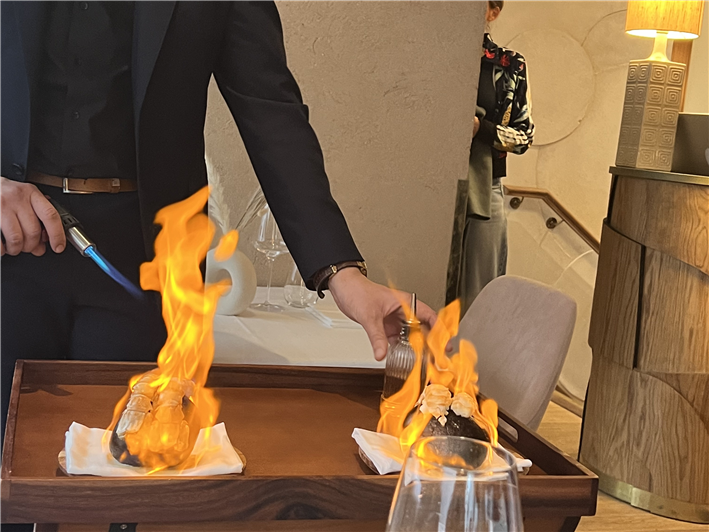
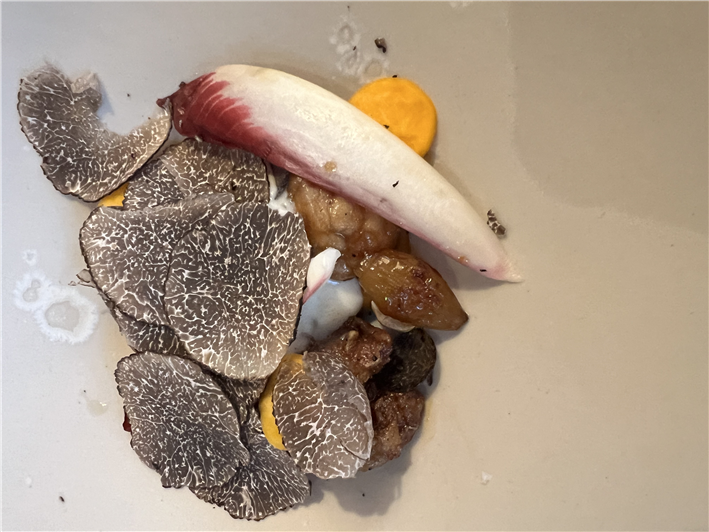
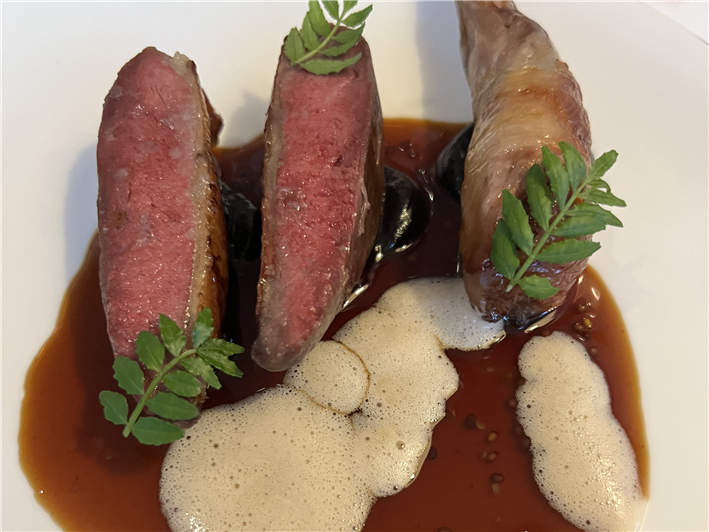
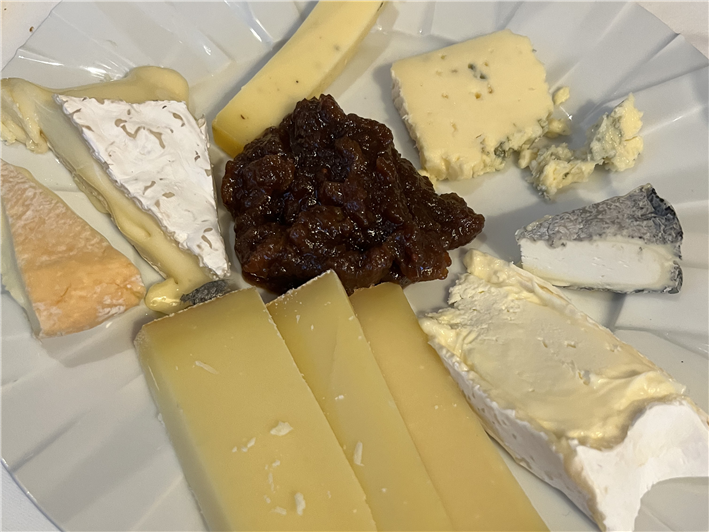






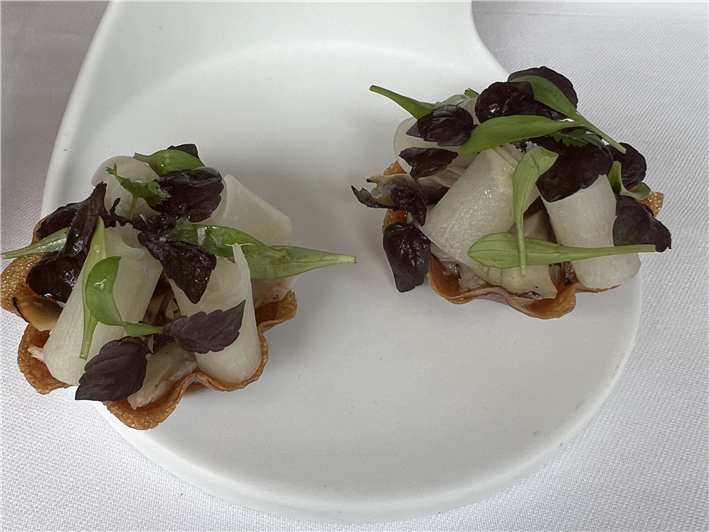
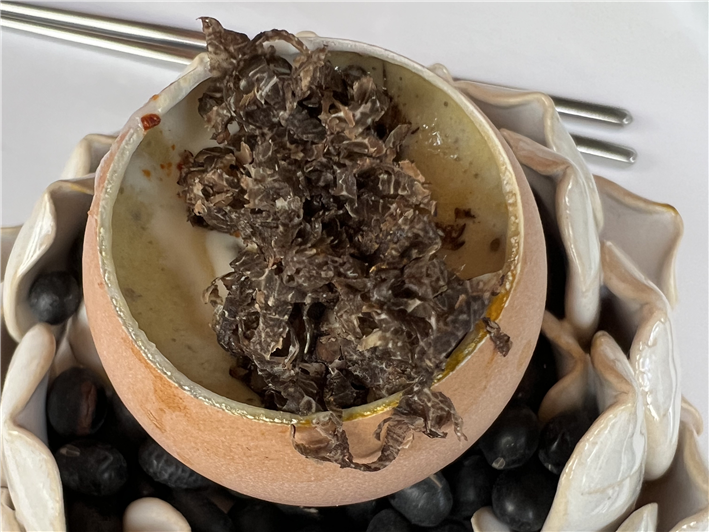
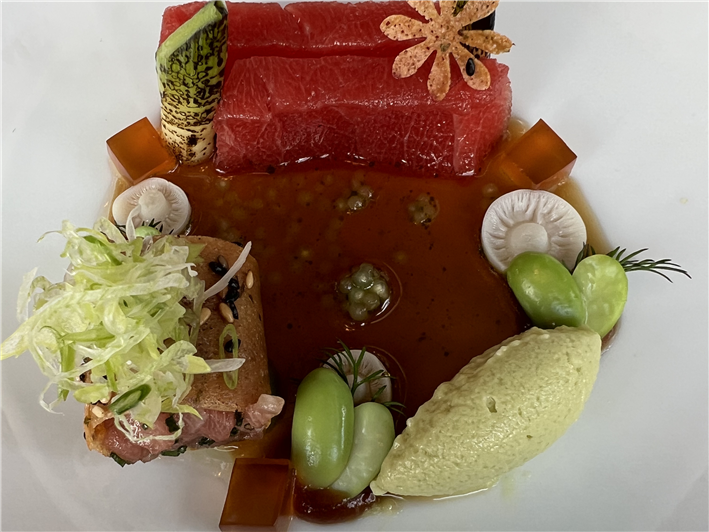

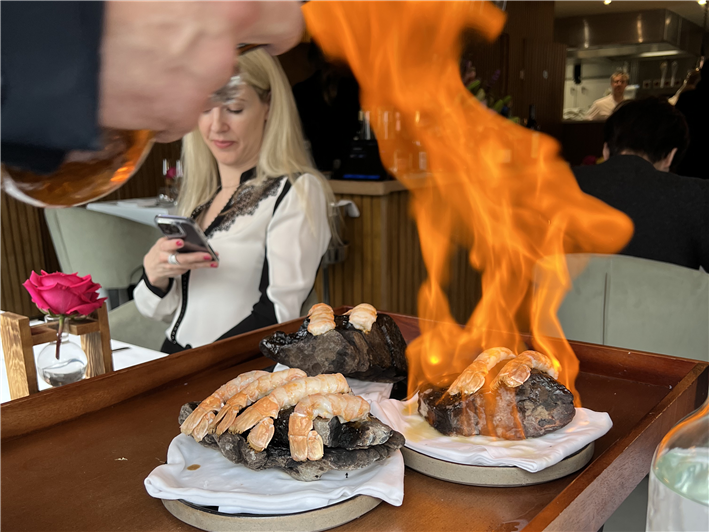

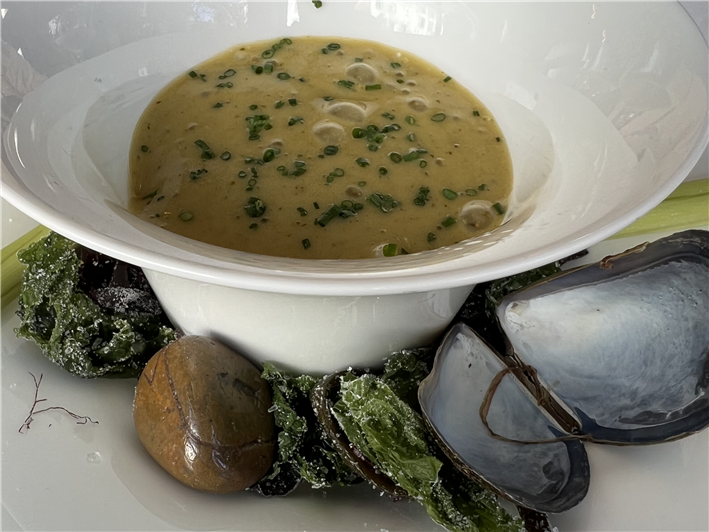


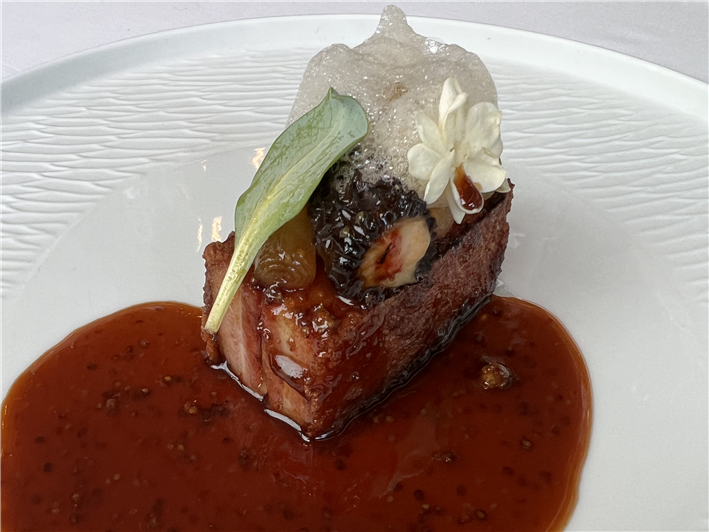

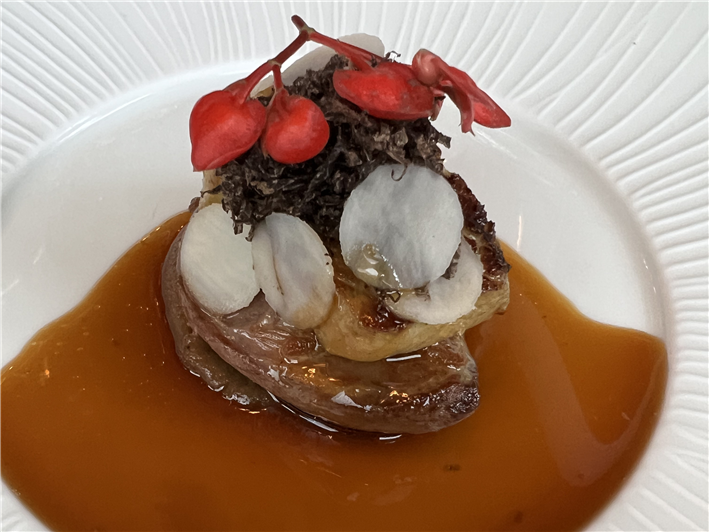
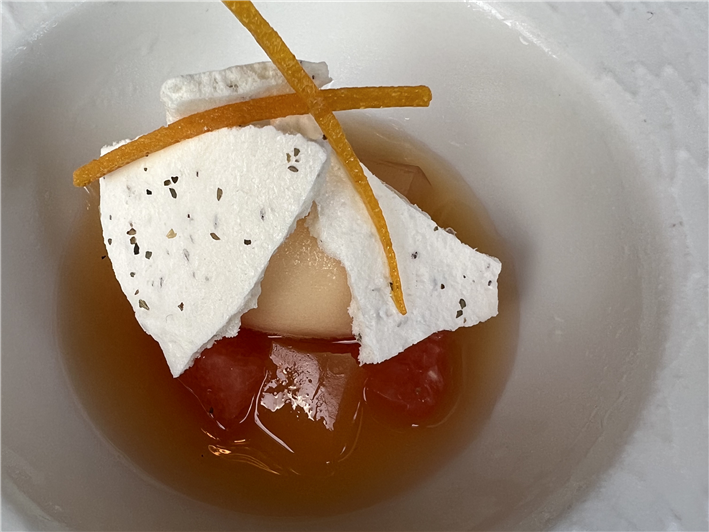



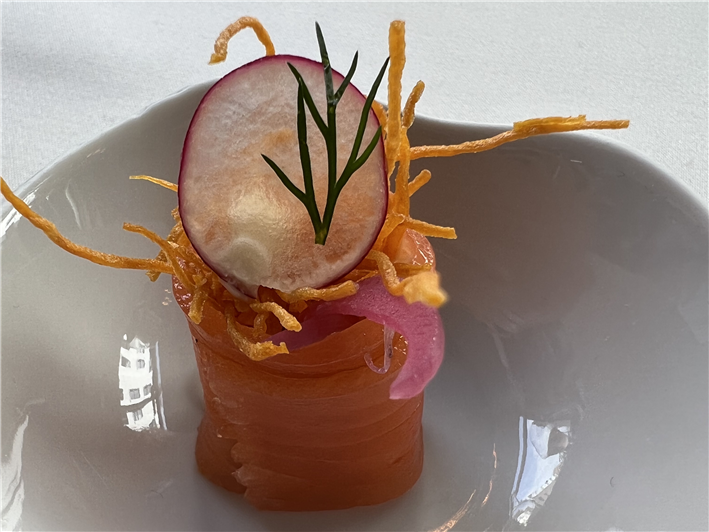
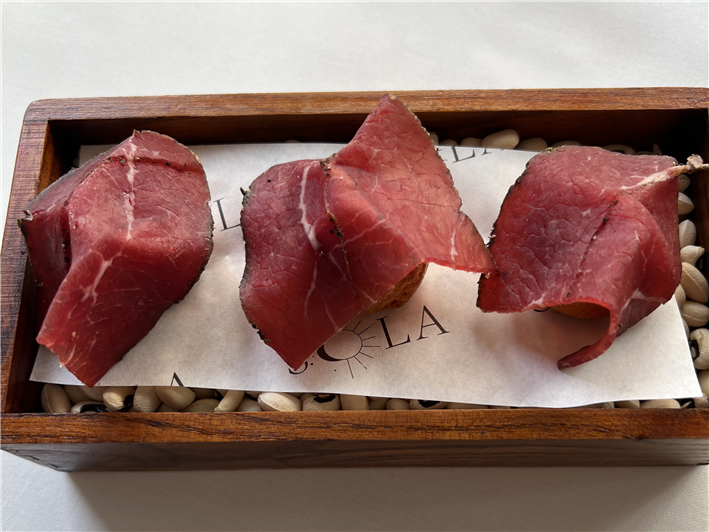
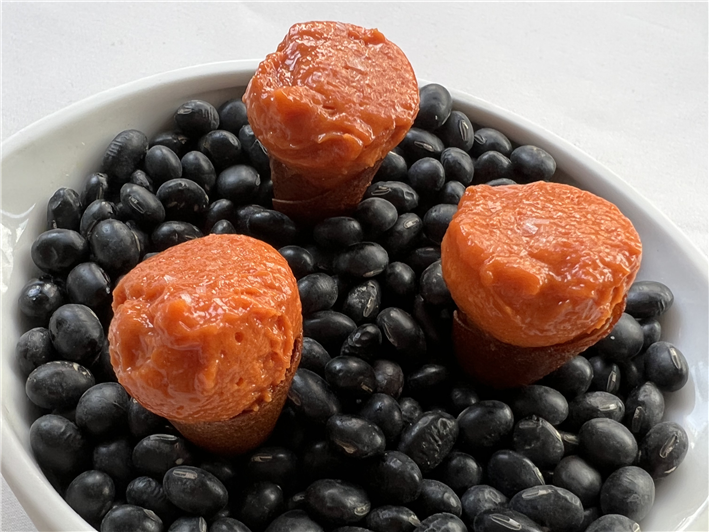
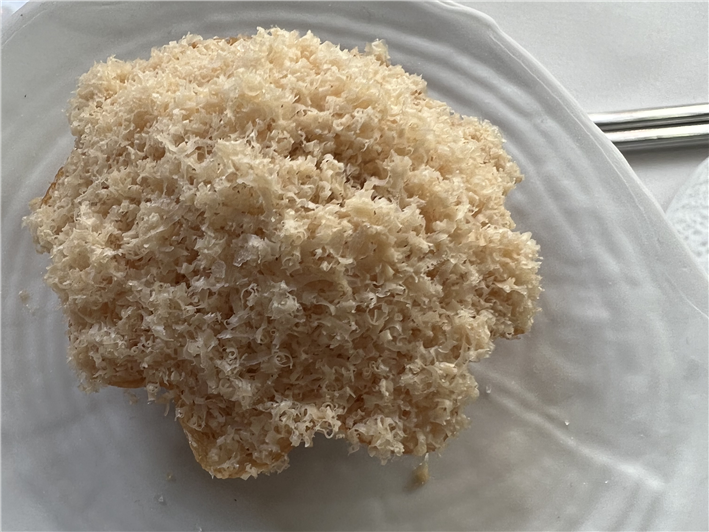

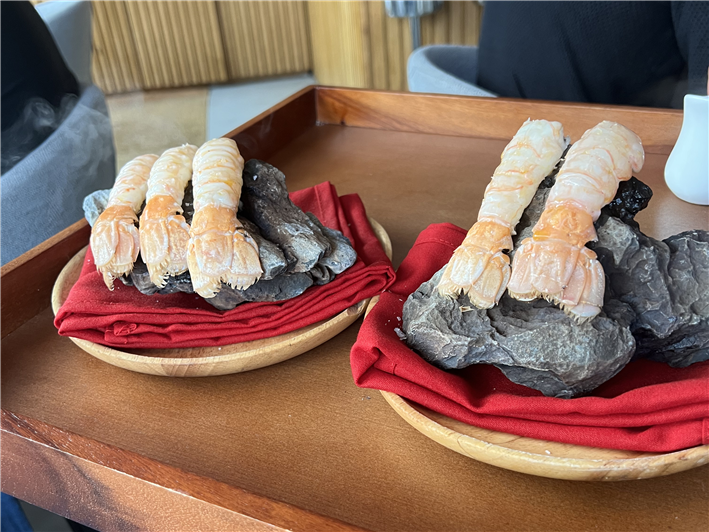



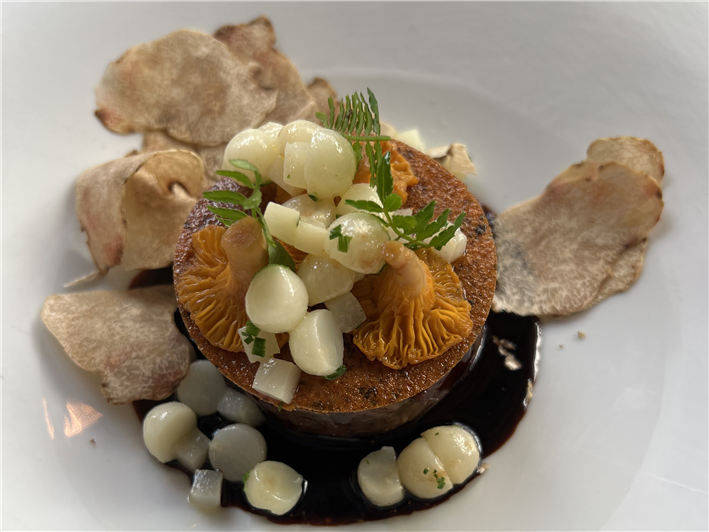
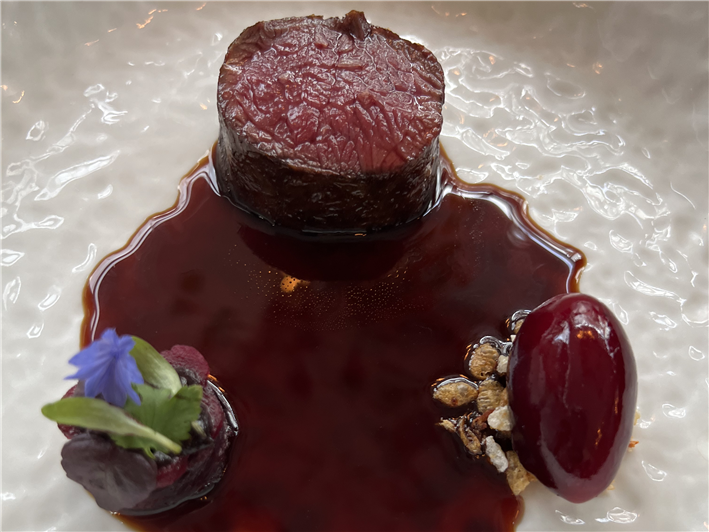
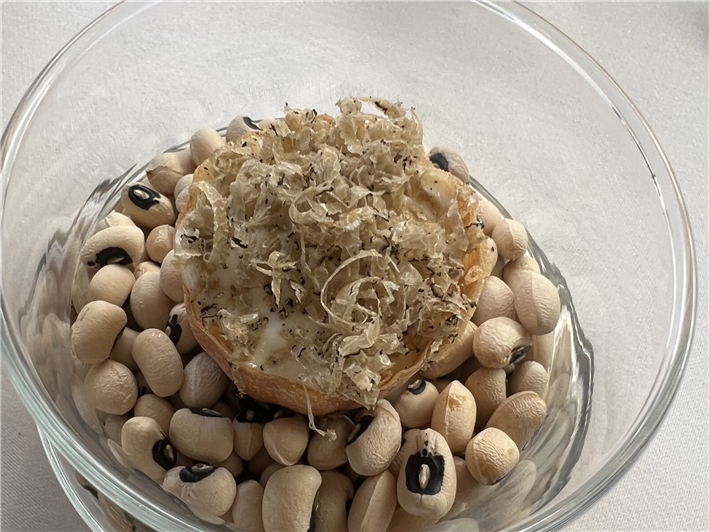

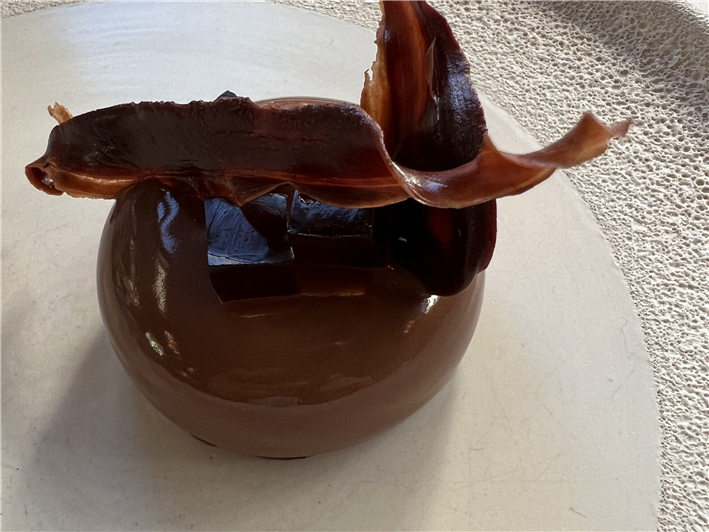
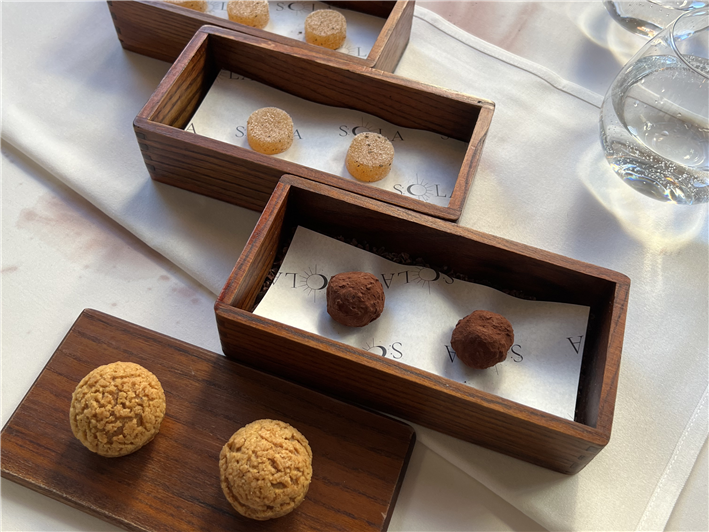
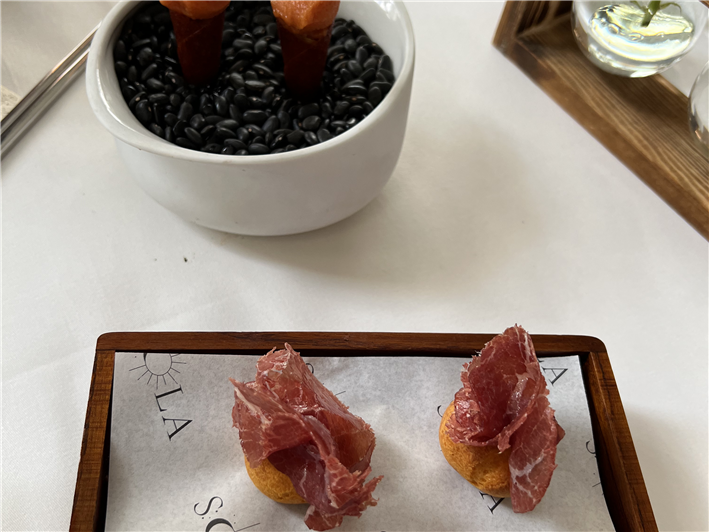
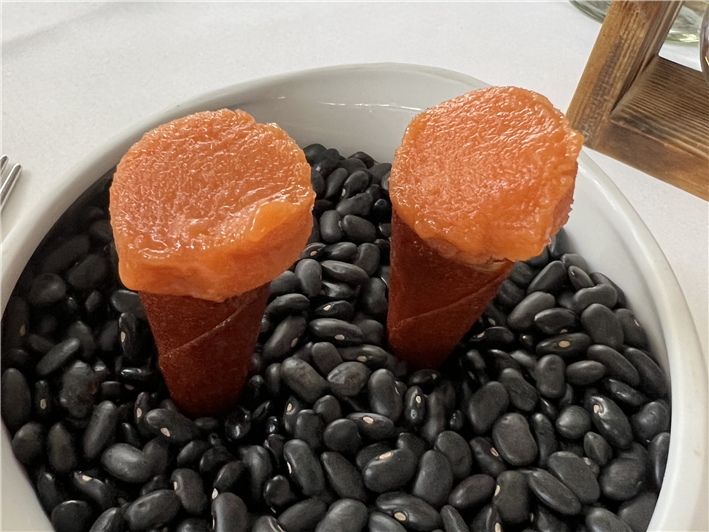
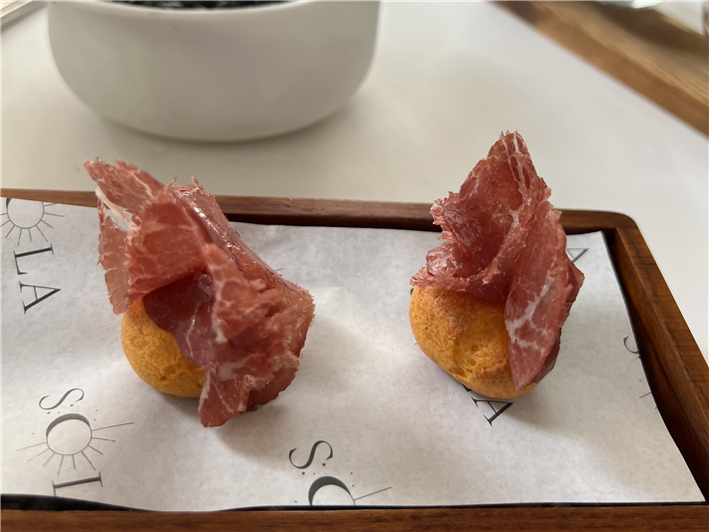

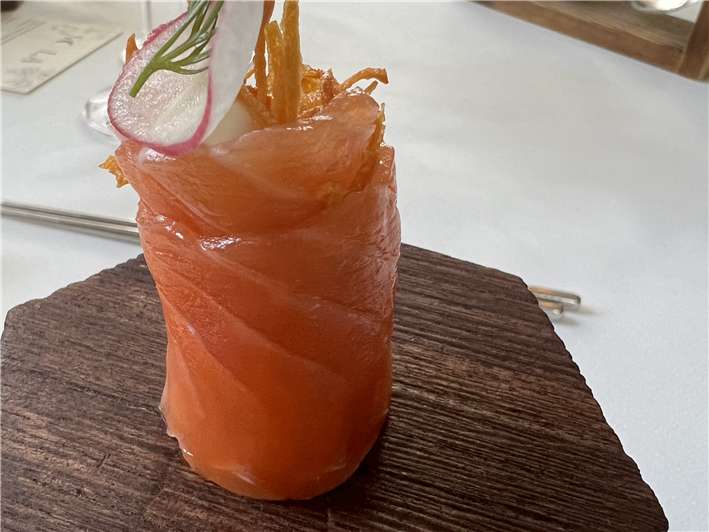
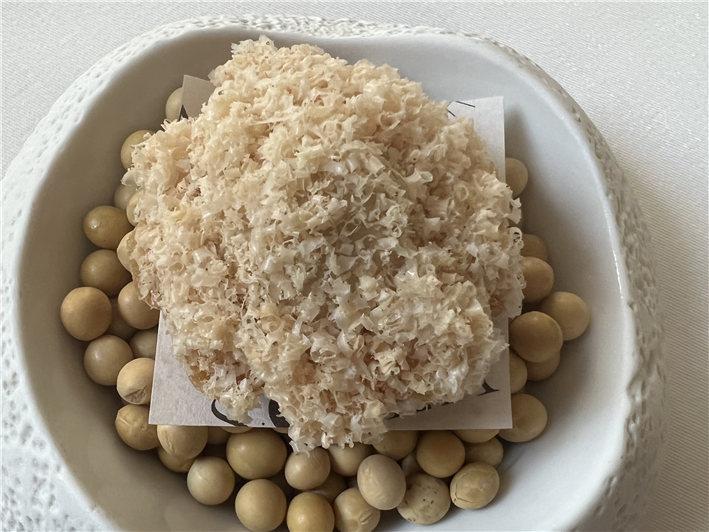
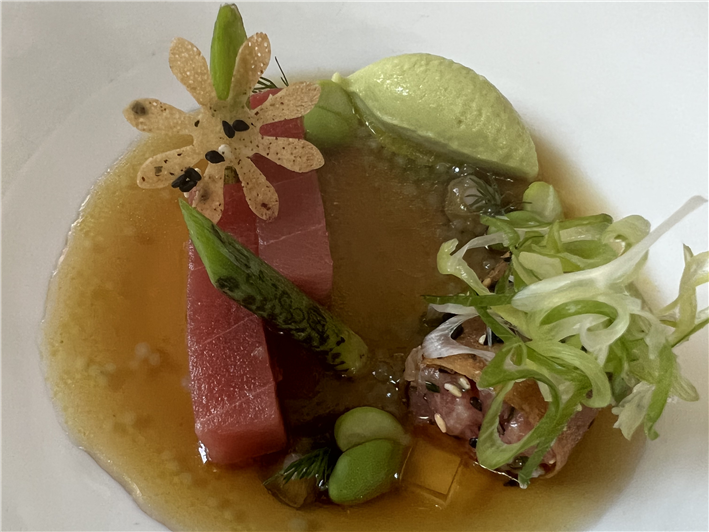

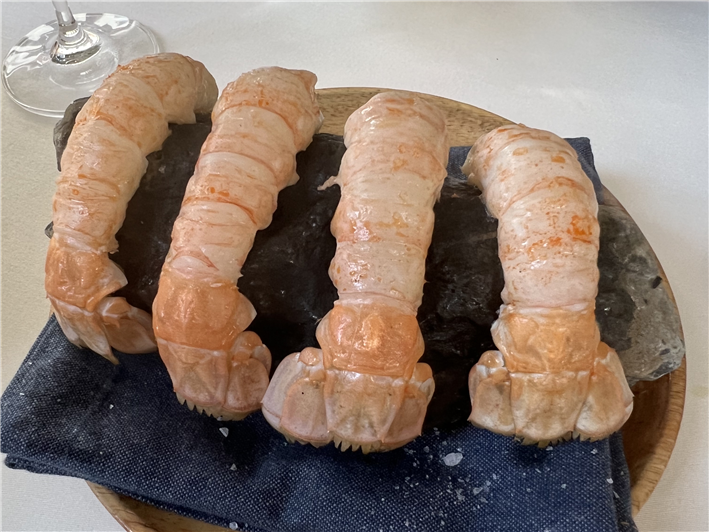

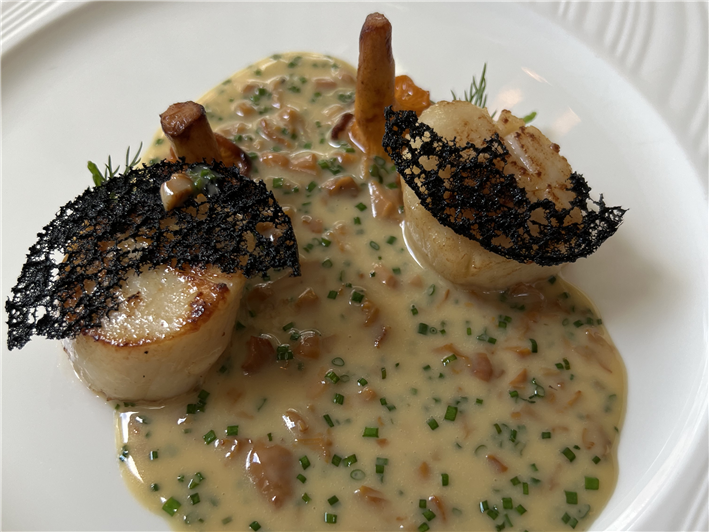
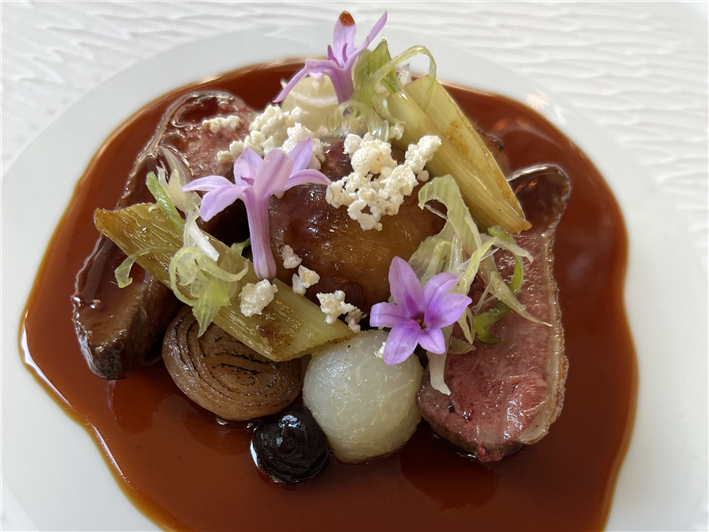

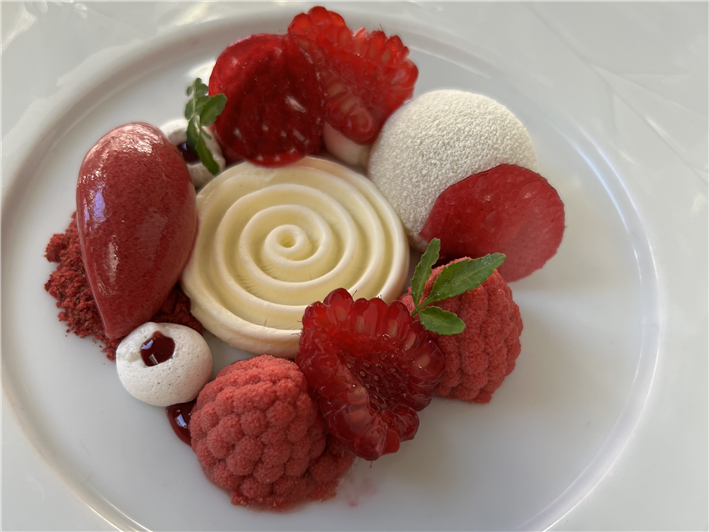
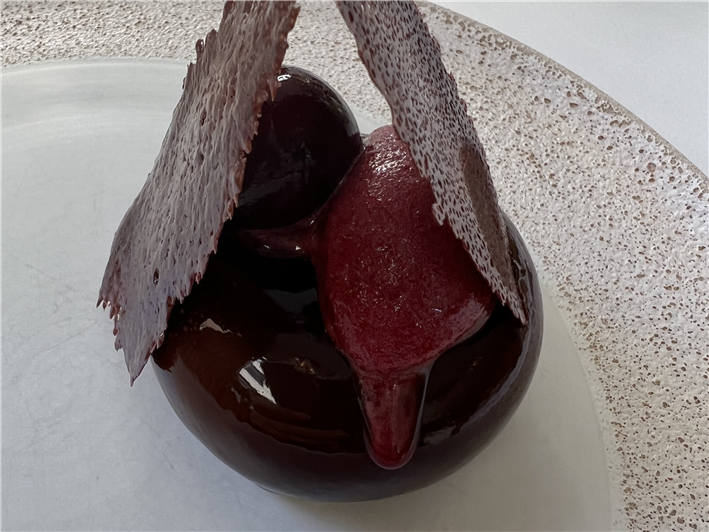
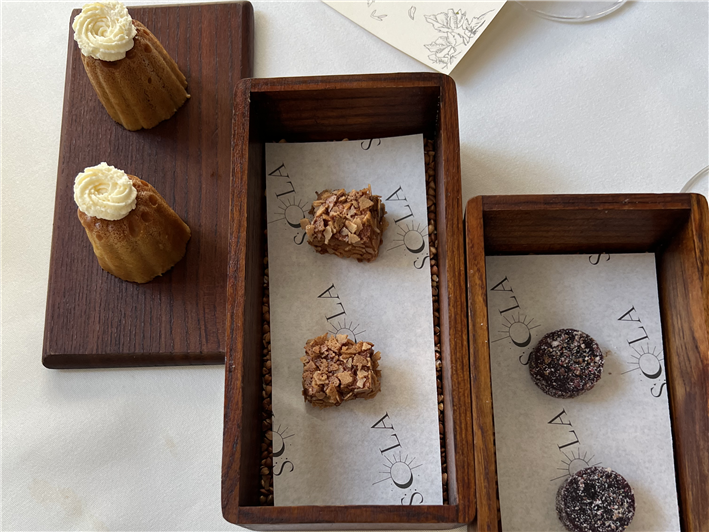












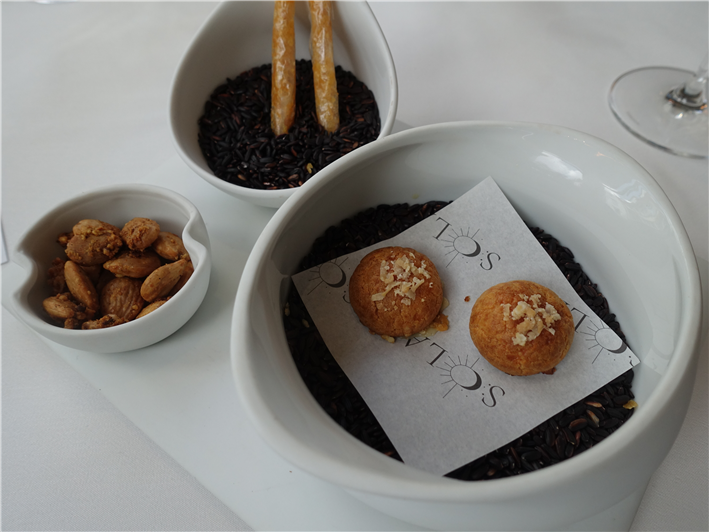
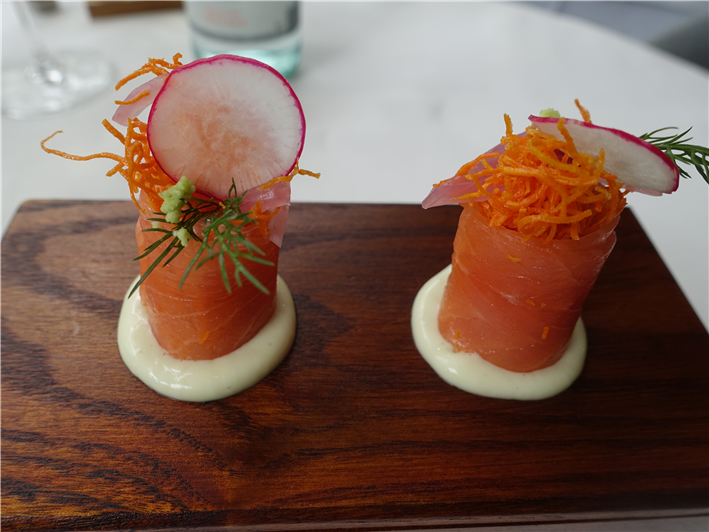
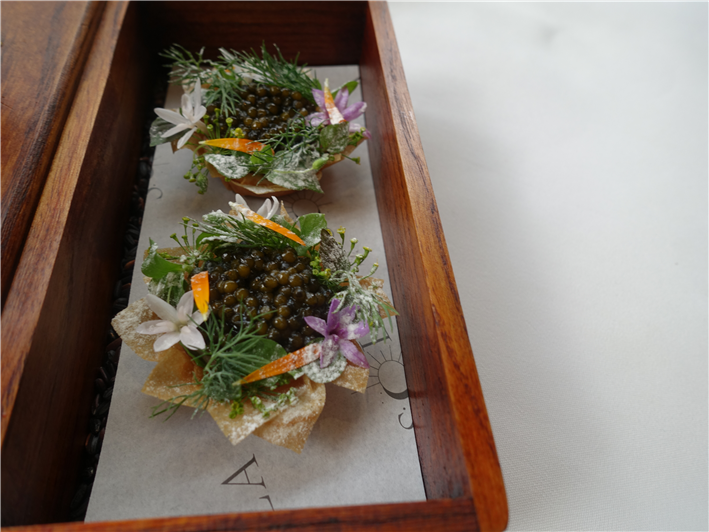
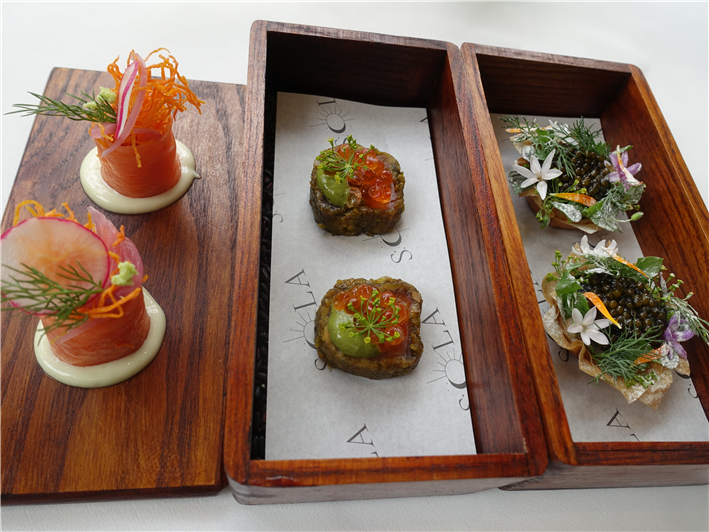

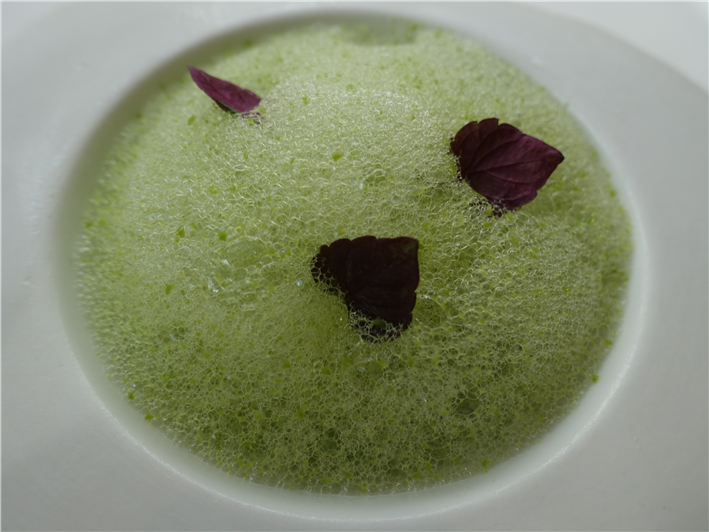

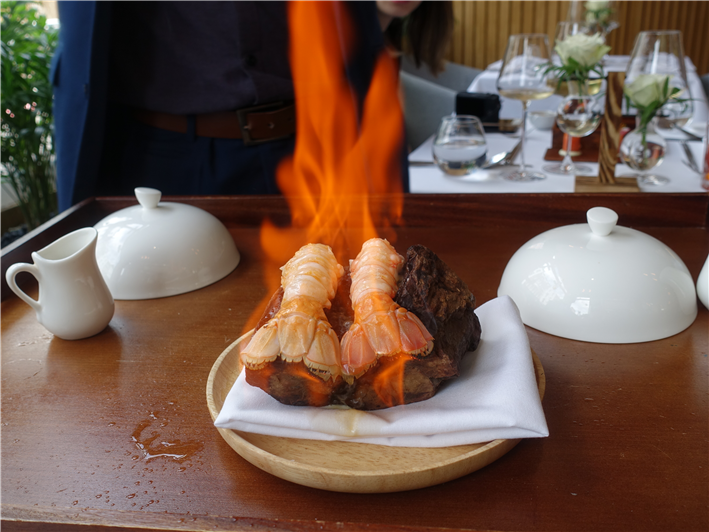

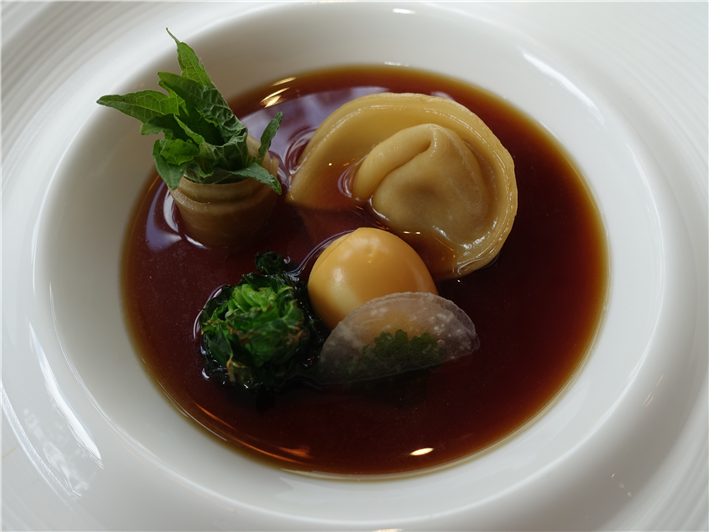
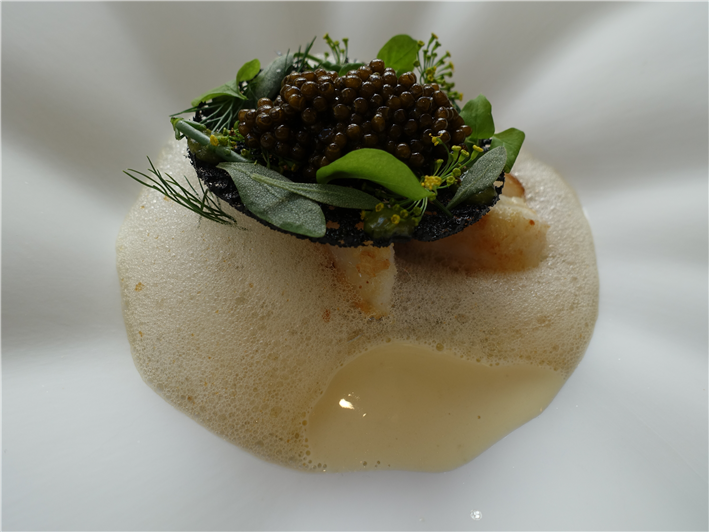
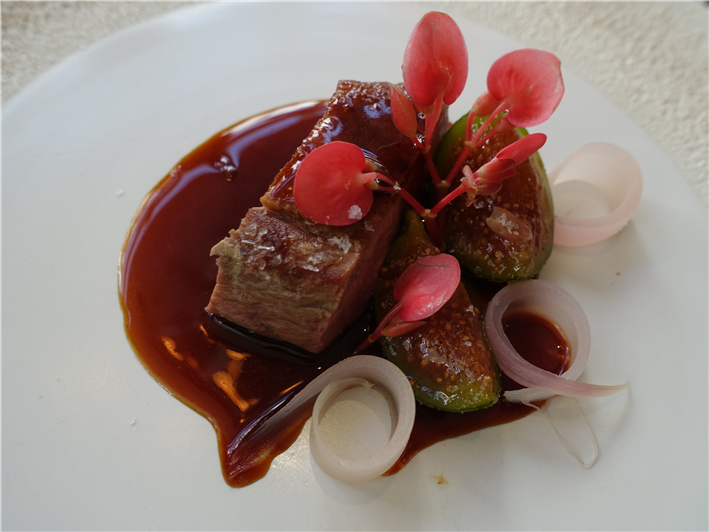



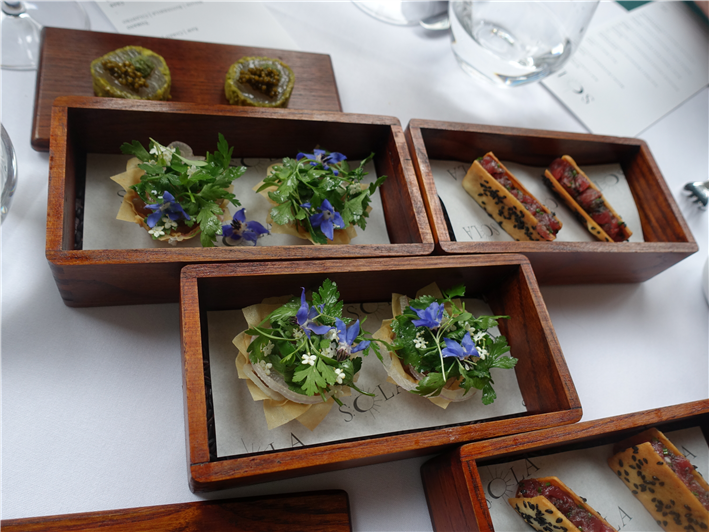
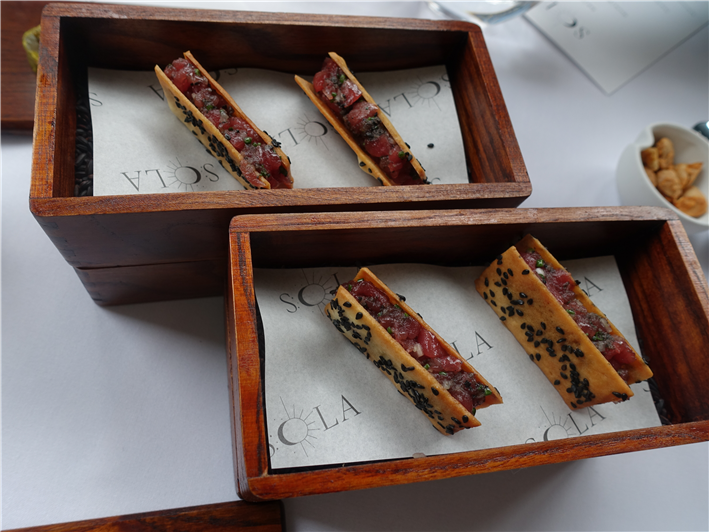


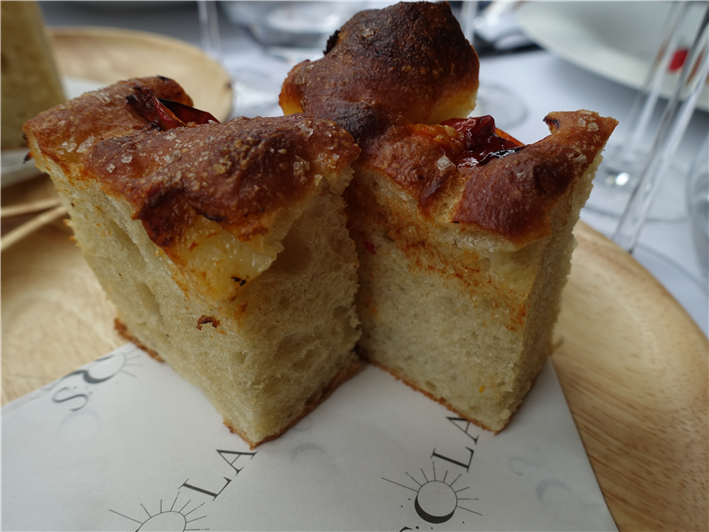
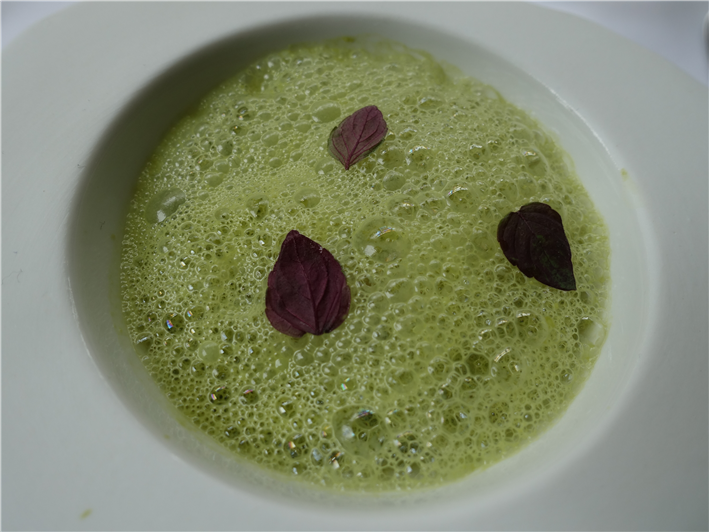
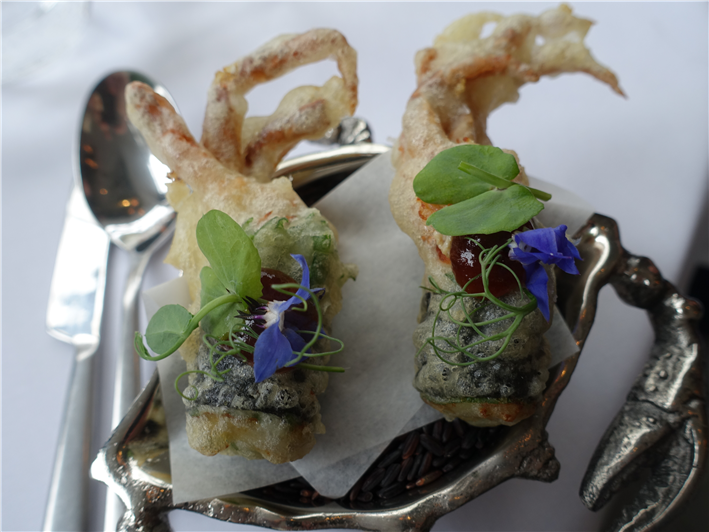


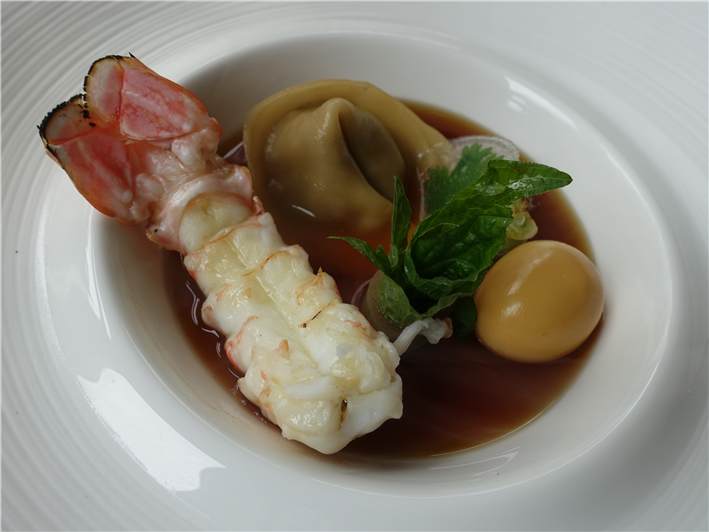
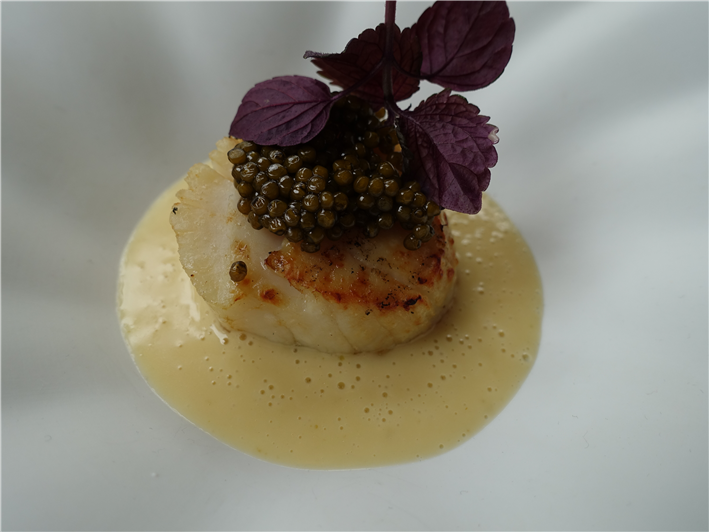
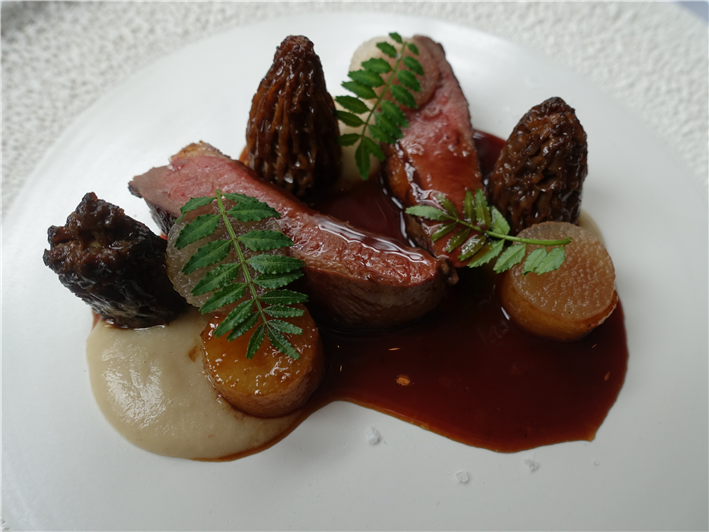
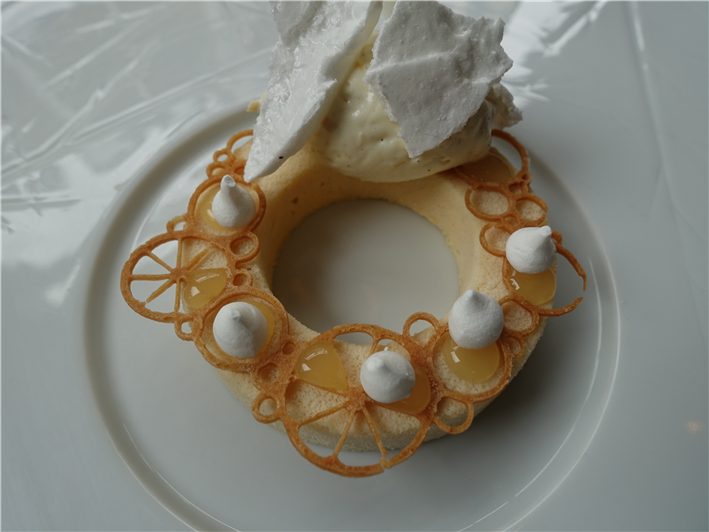
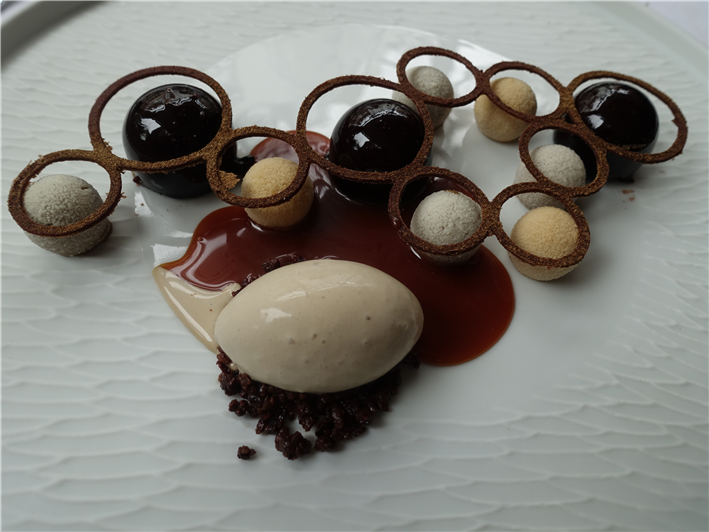

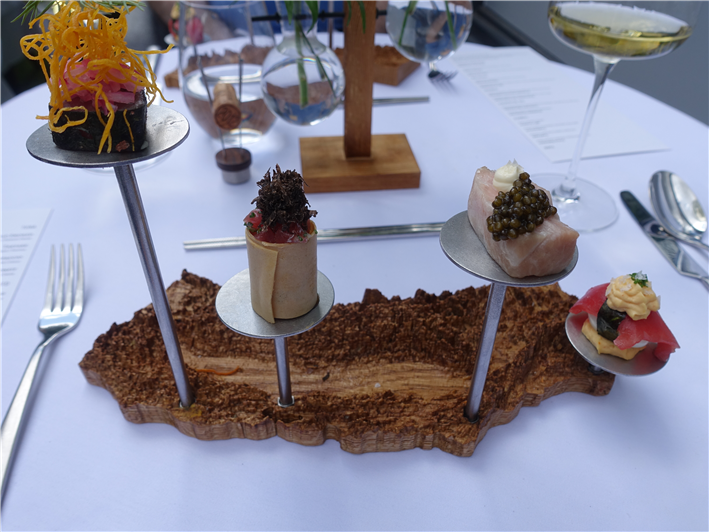
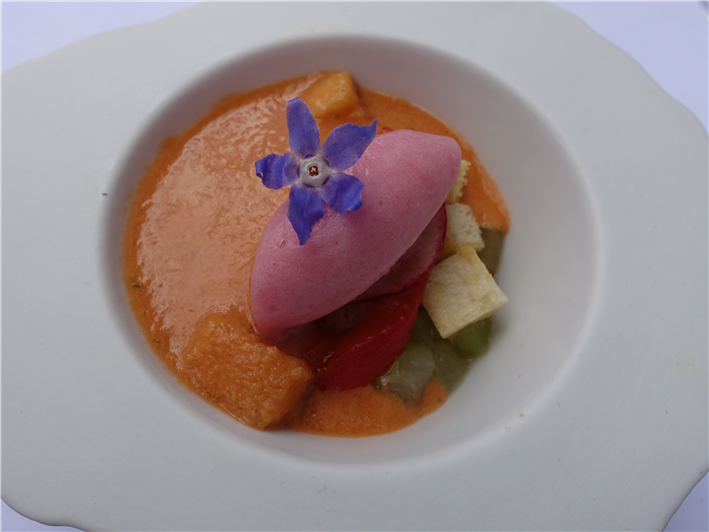


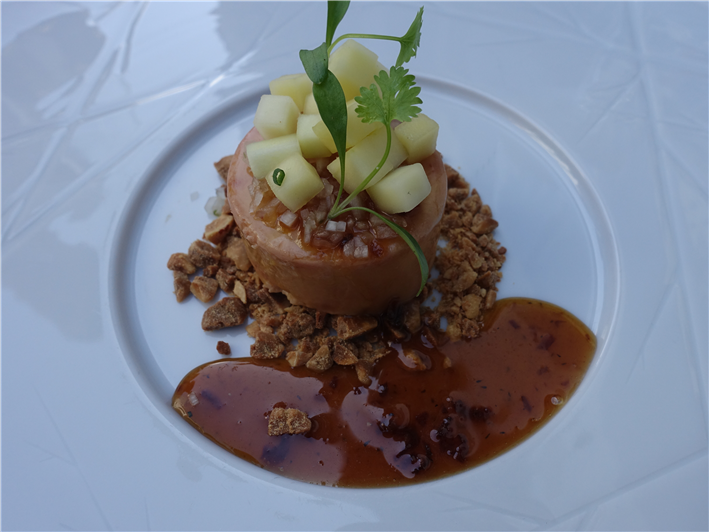

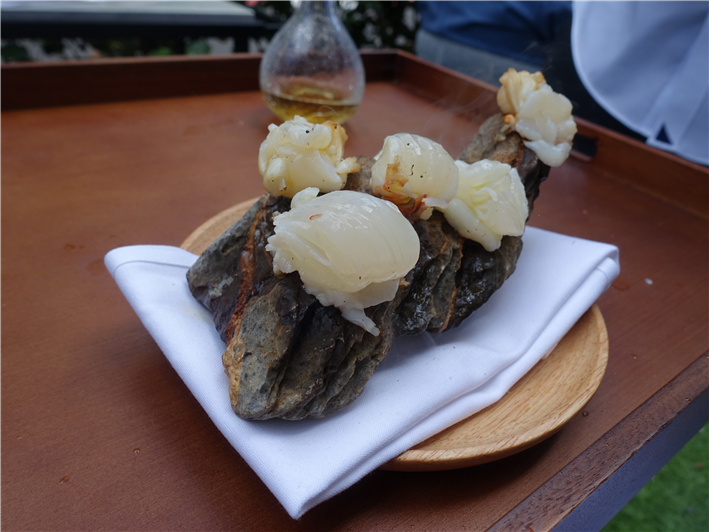
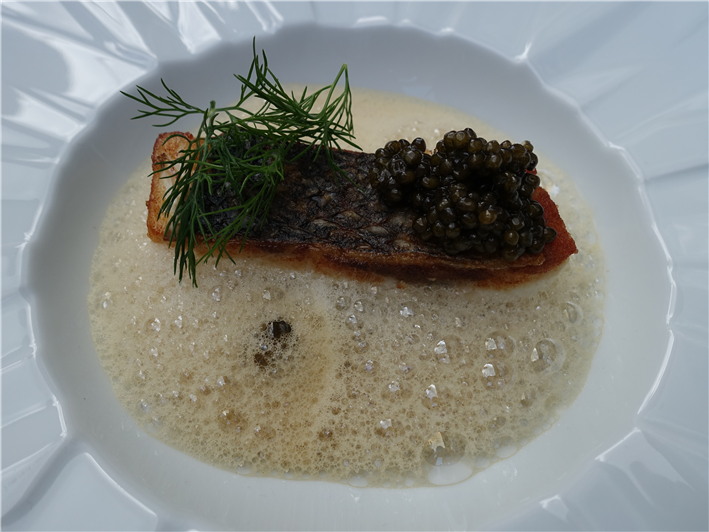
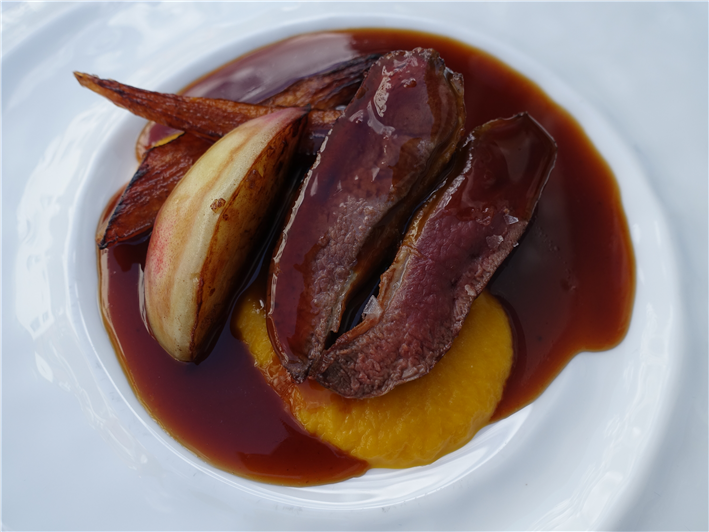
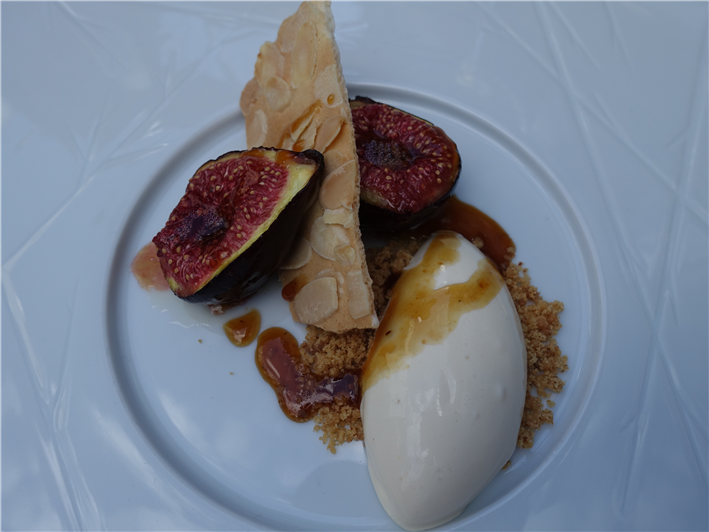
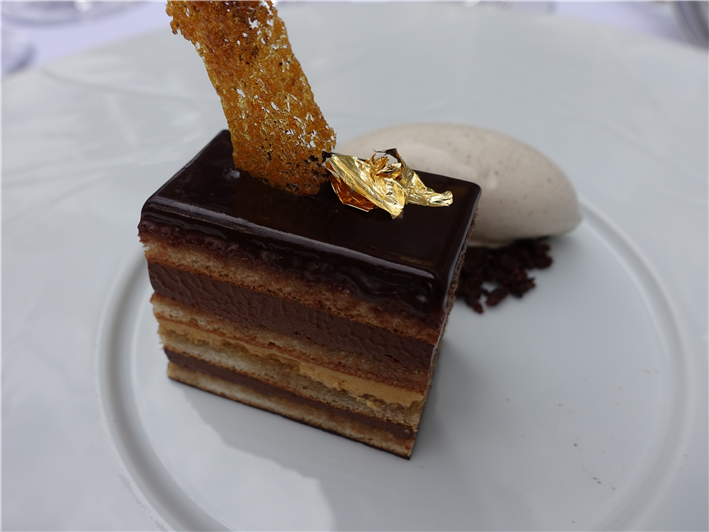

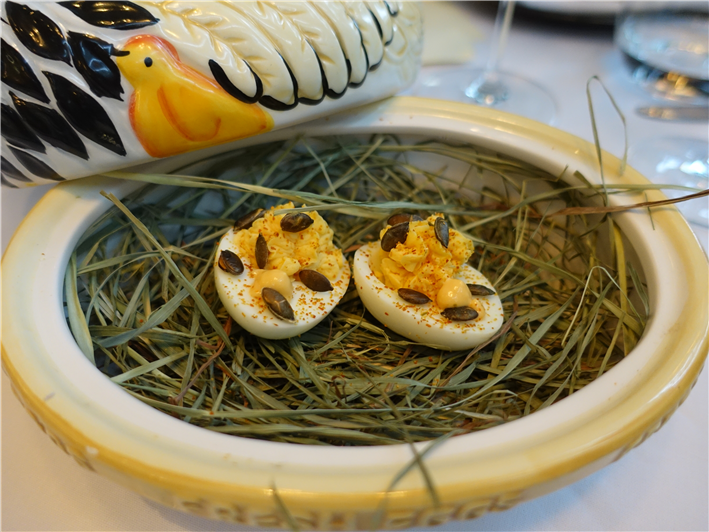



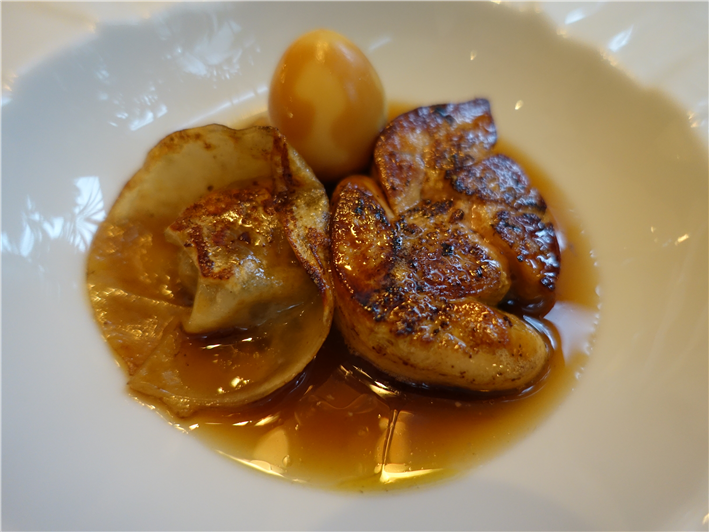

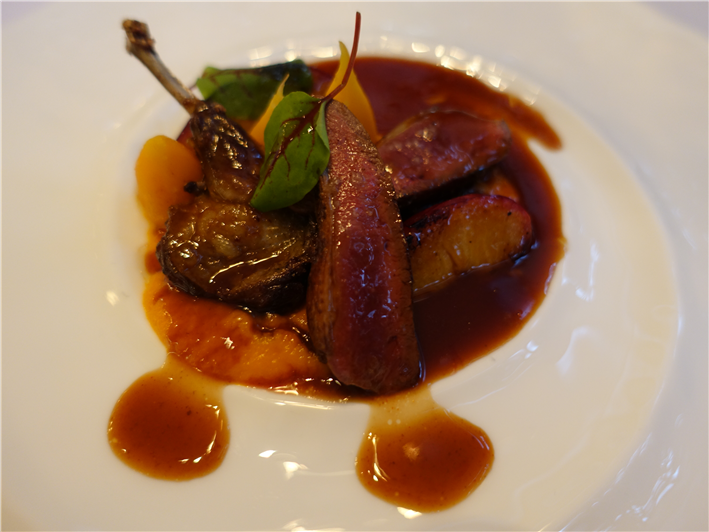
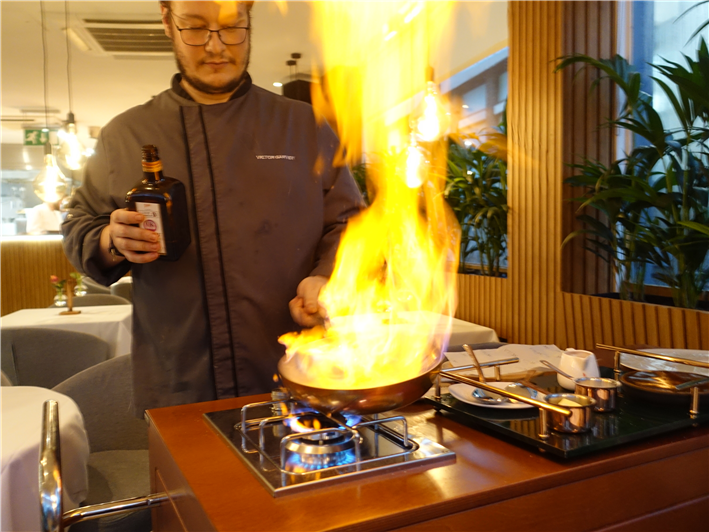
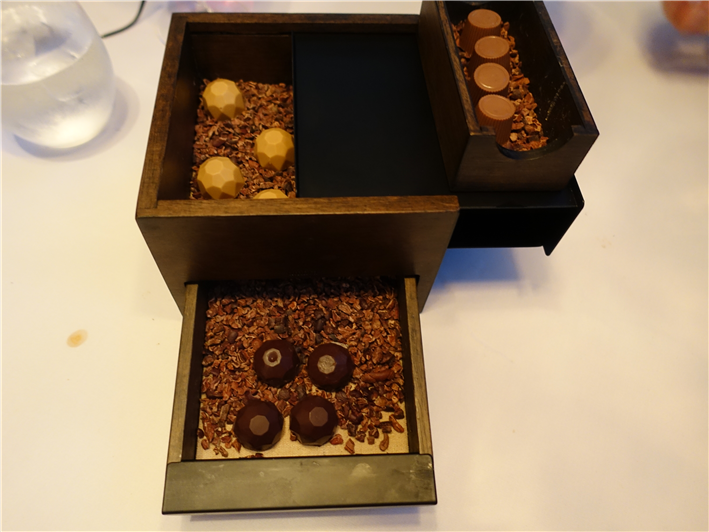
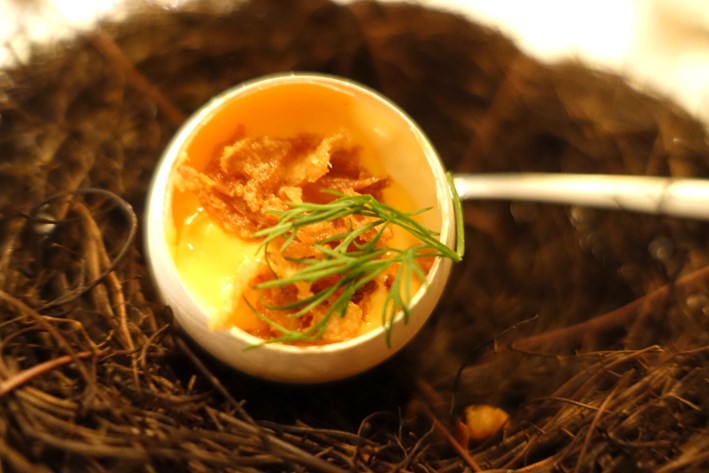
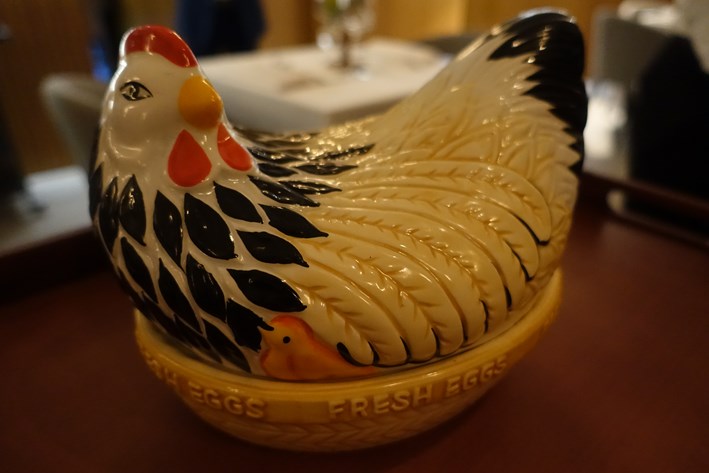
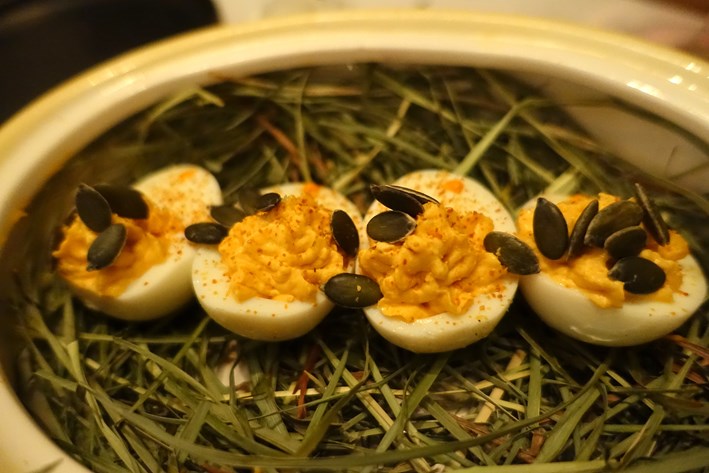
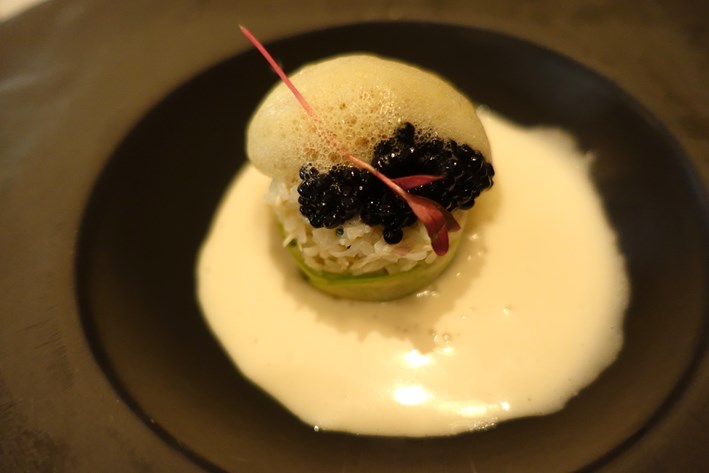
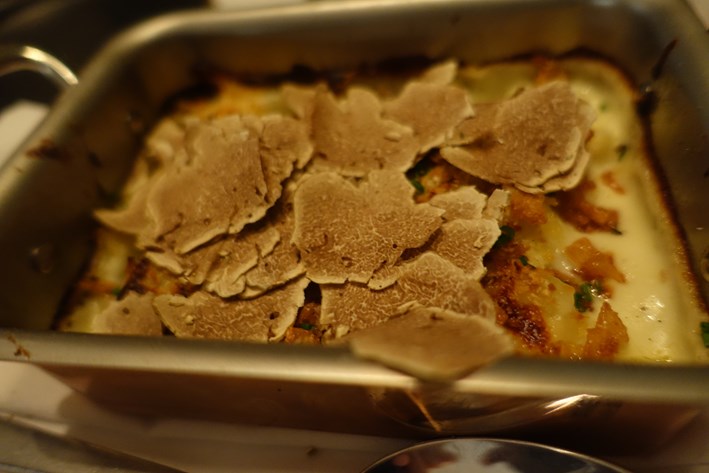

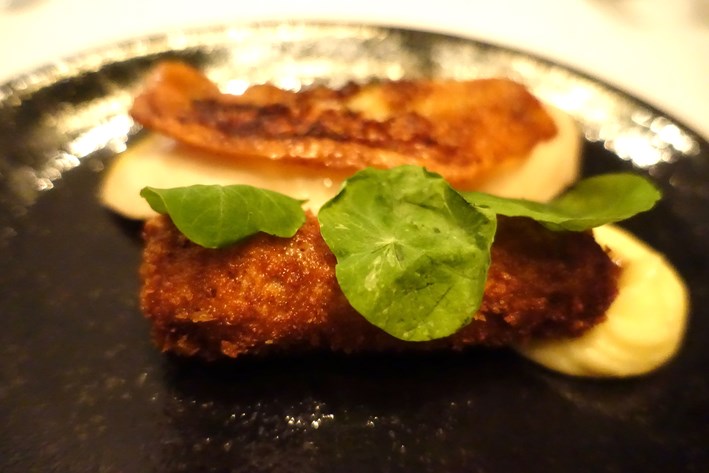

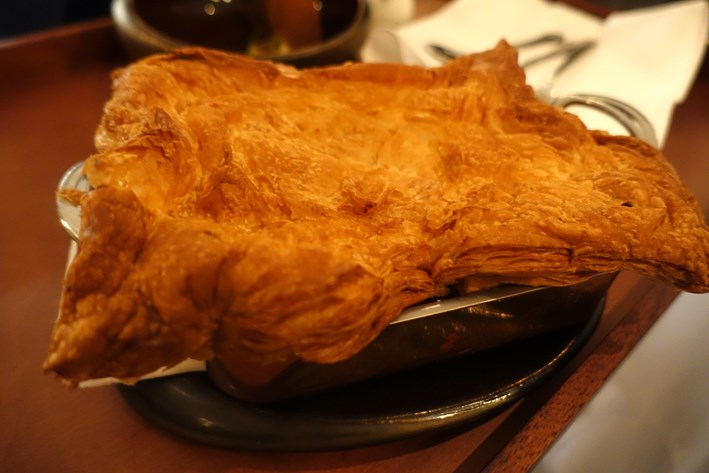
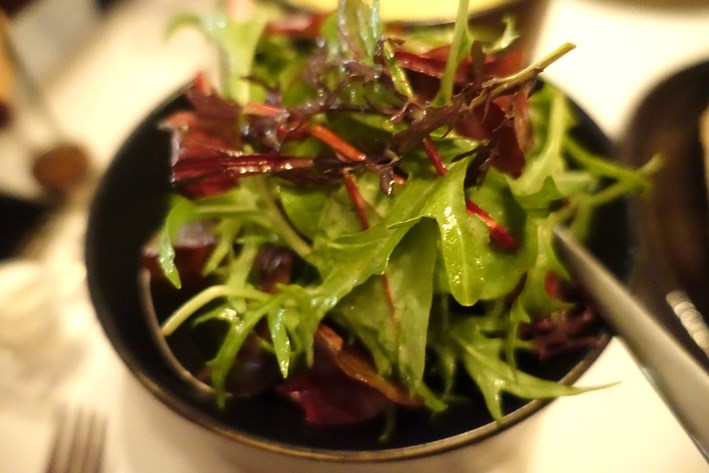

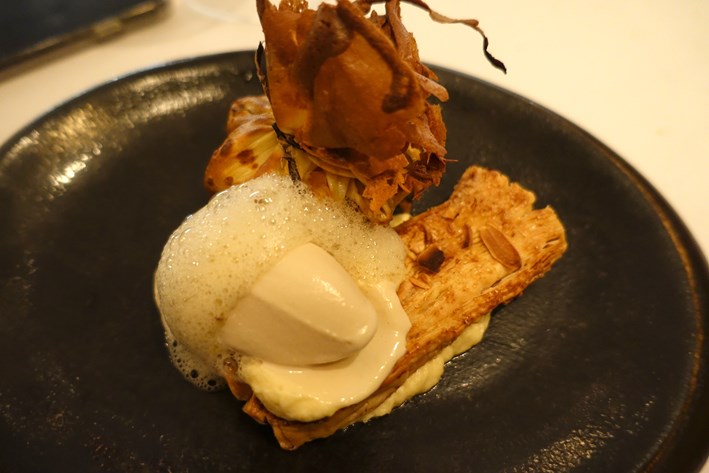
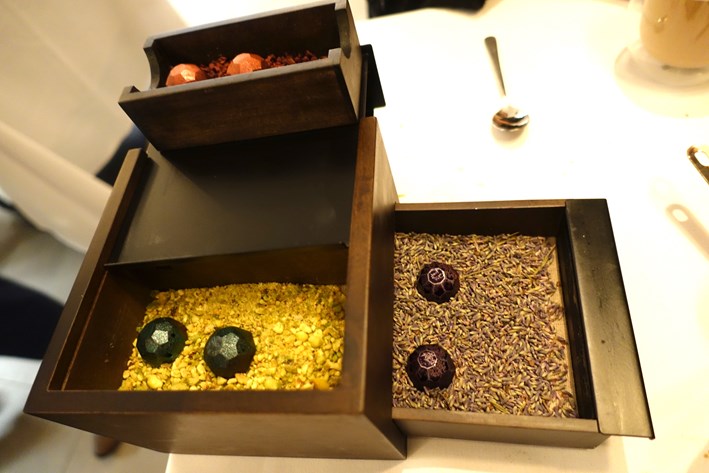

tim wharton
Must try this place, Andy. The langoustines in particular look lovely.